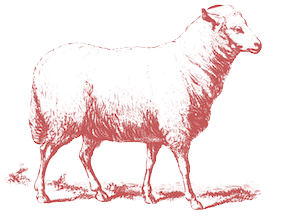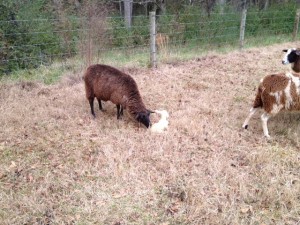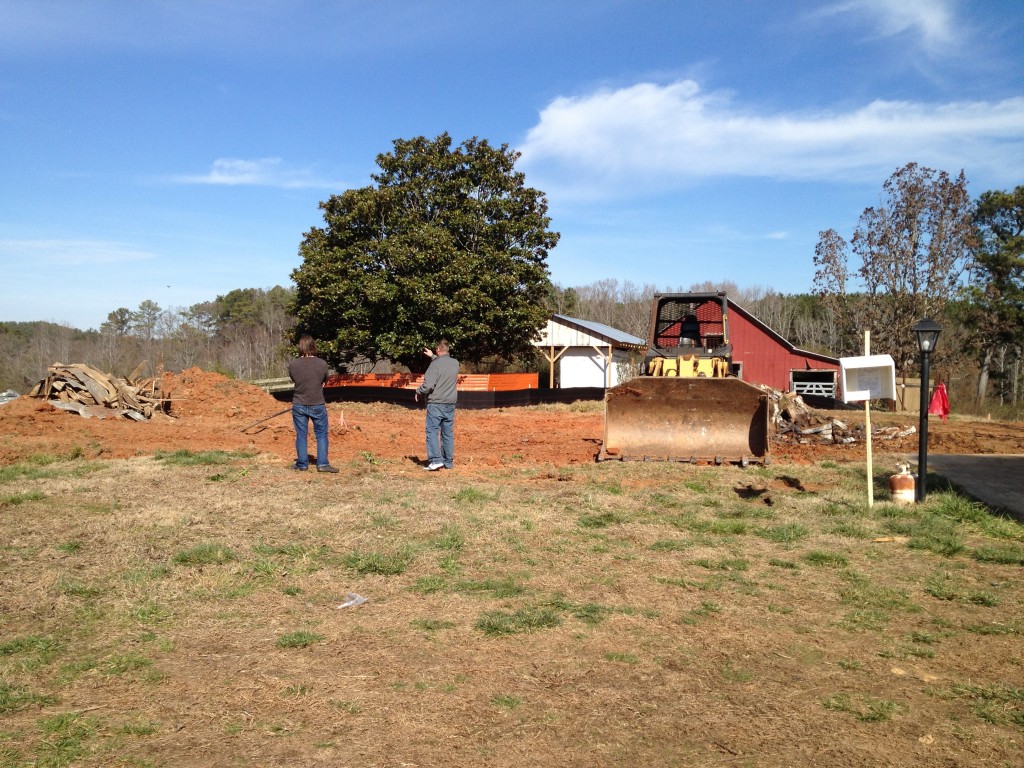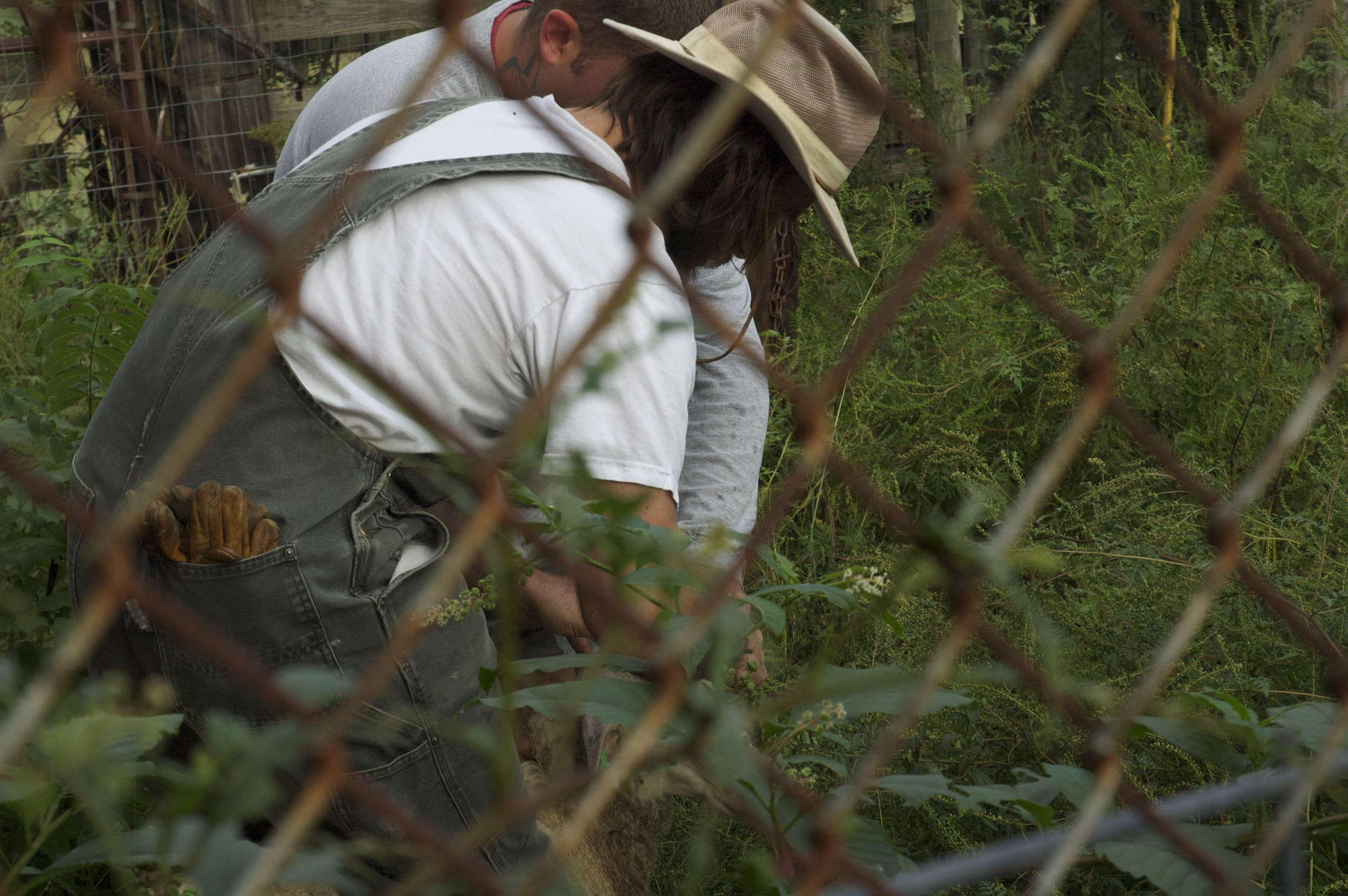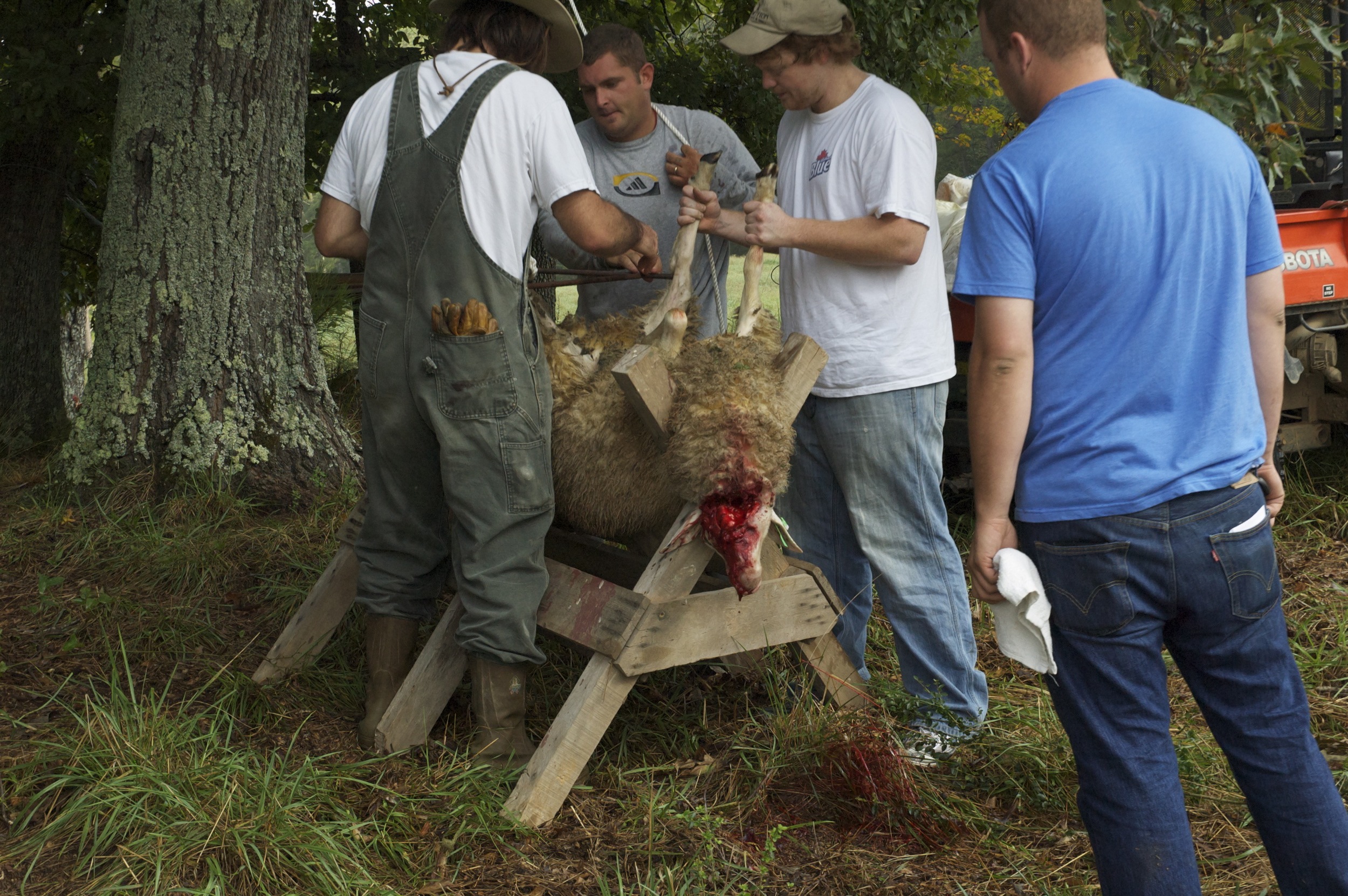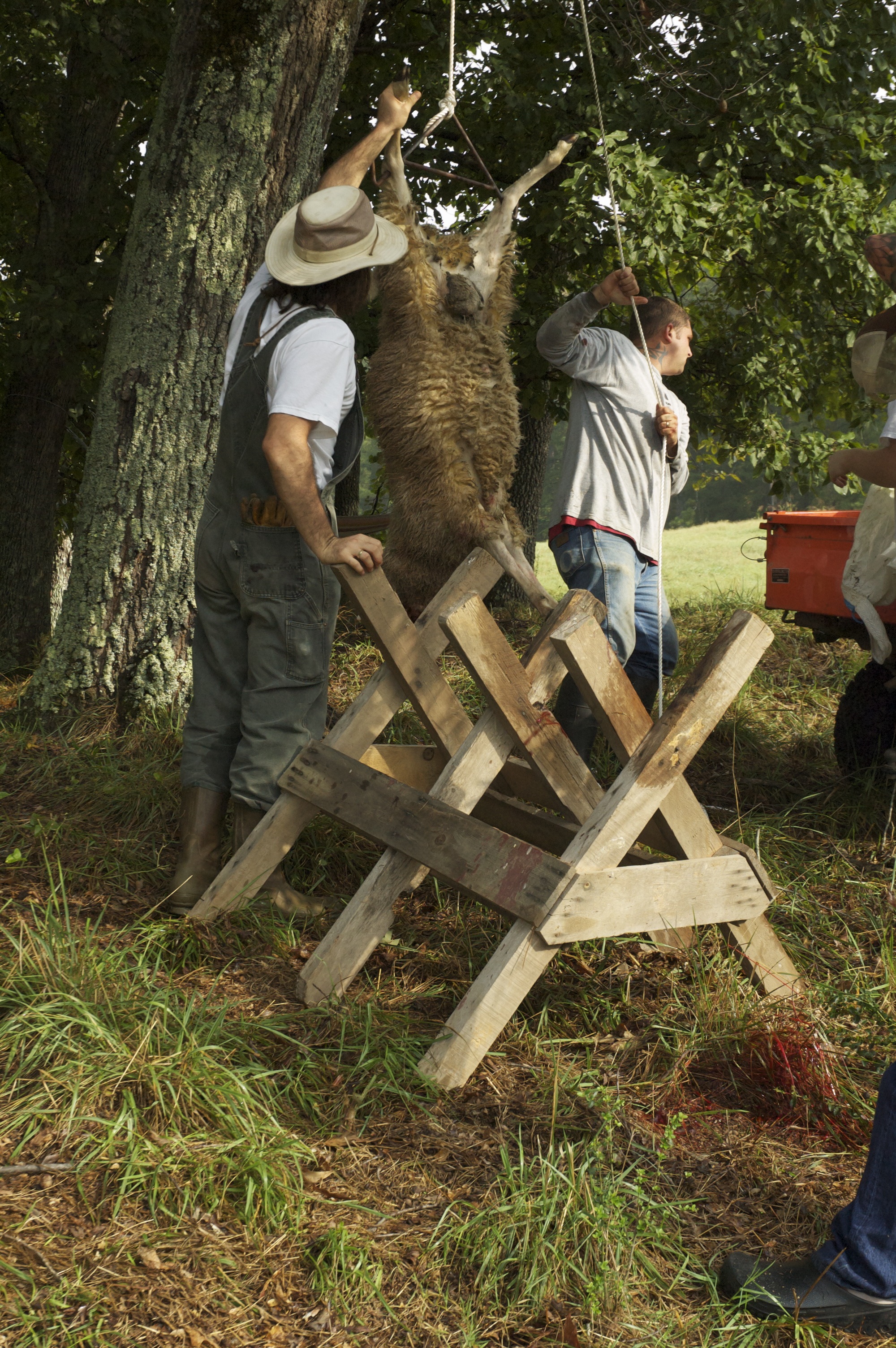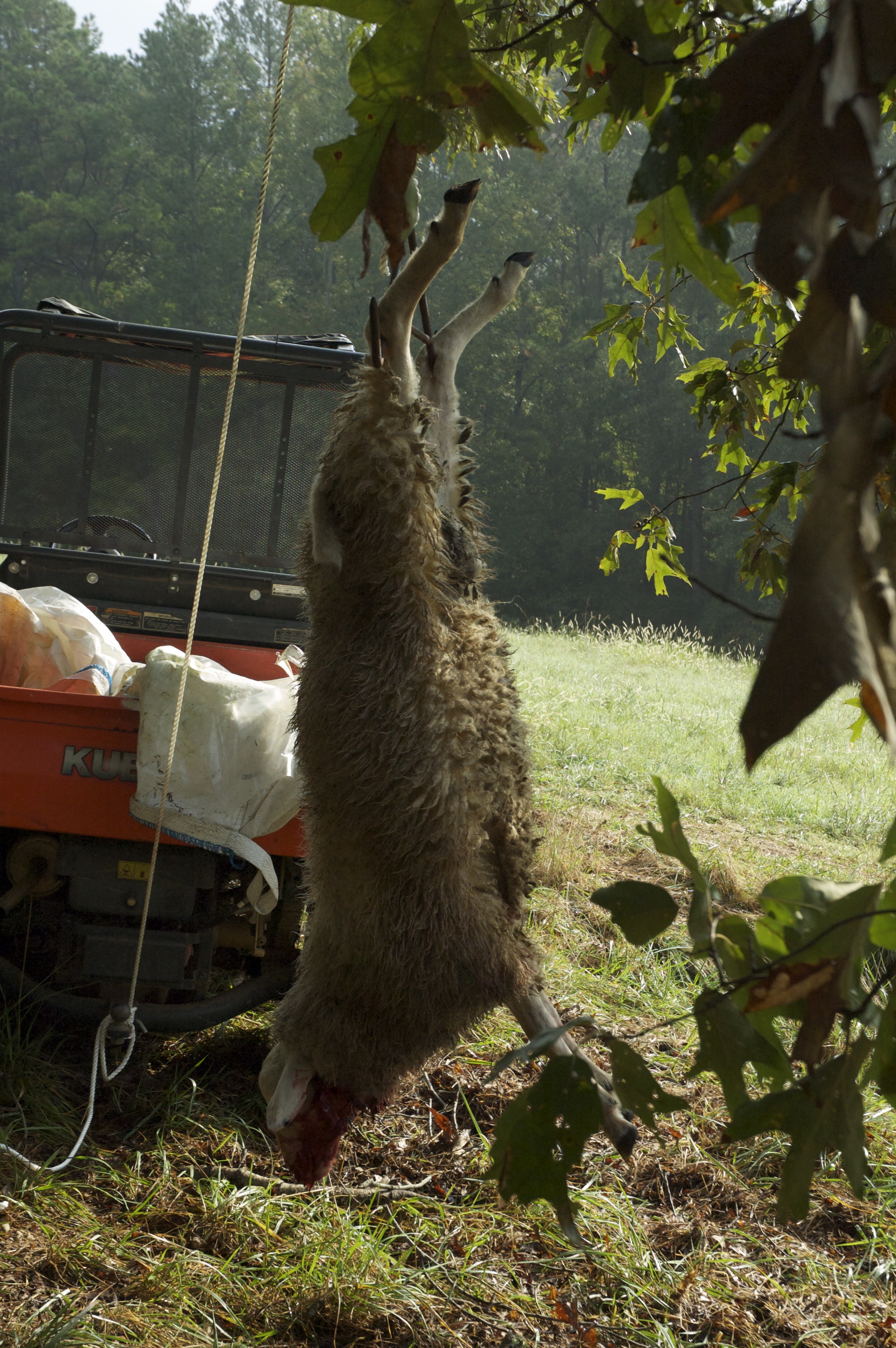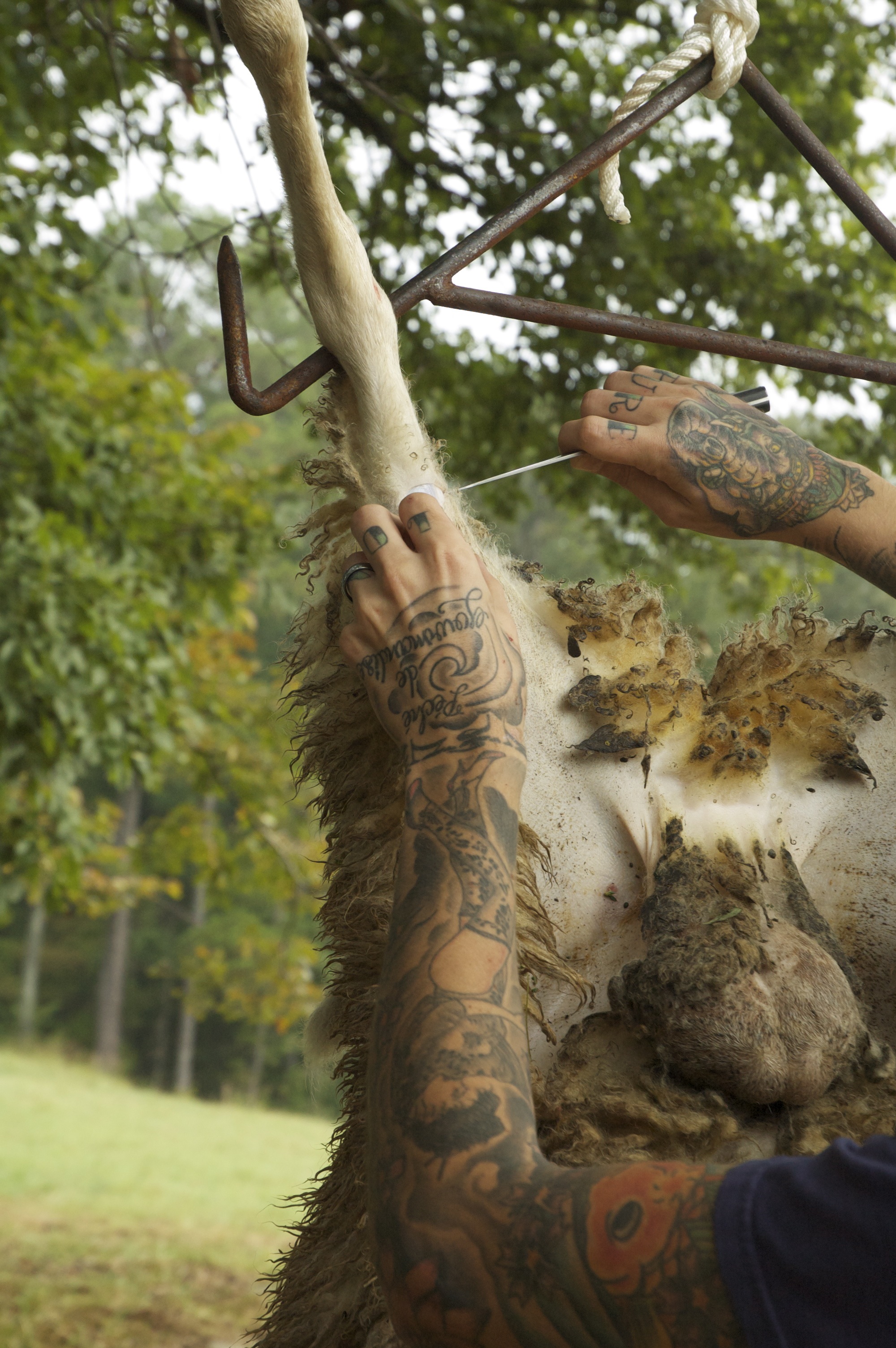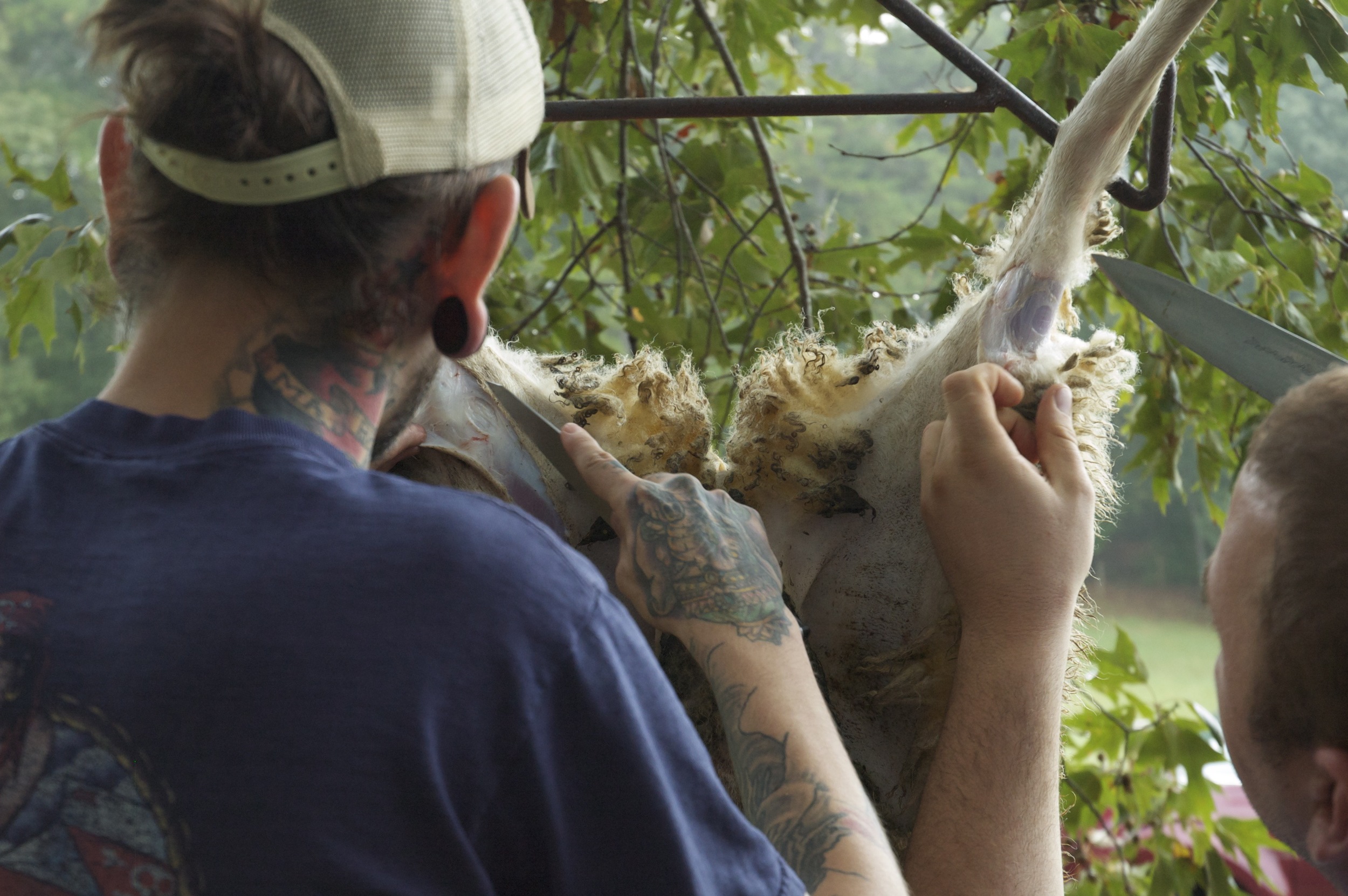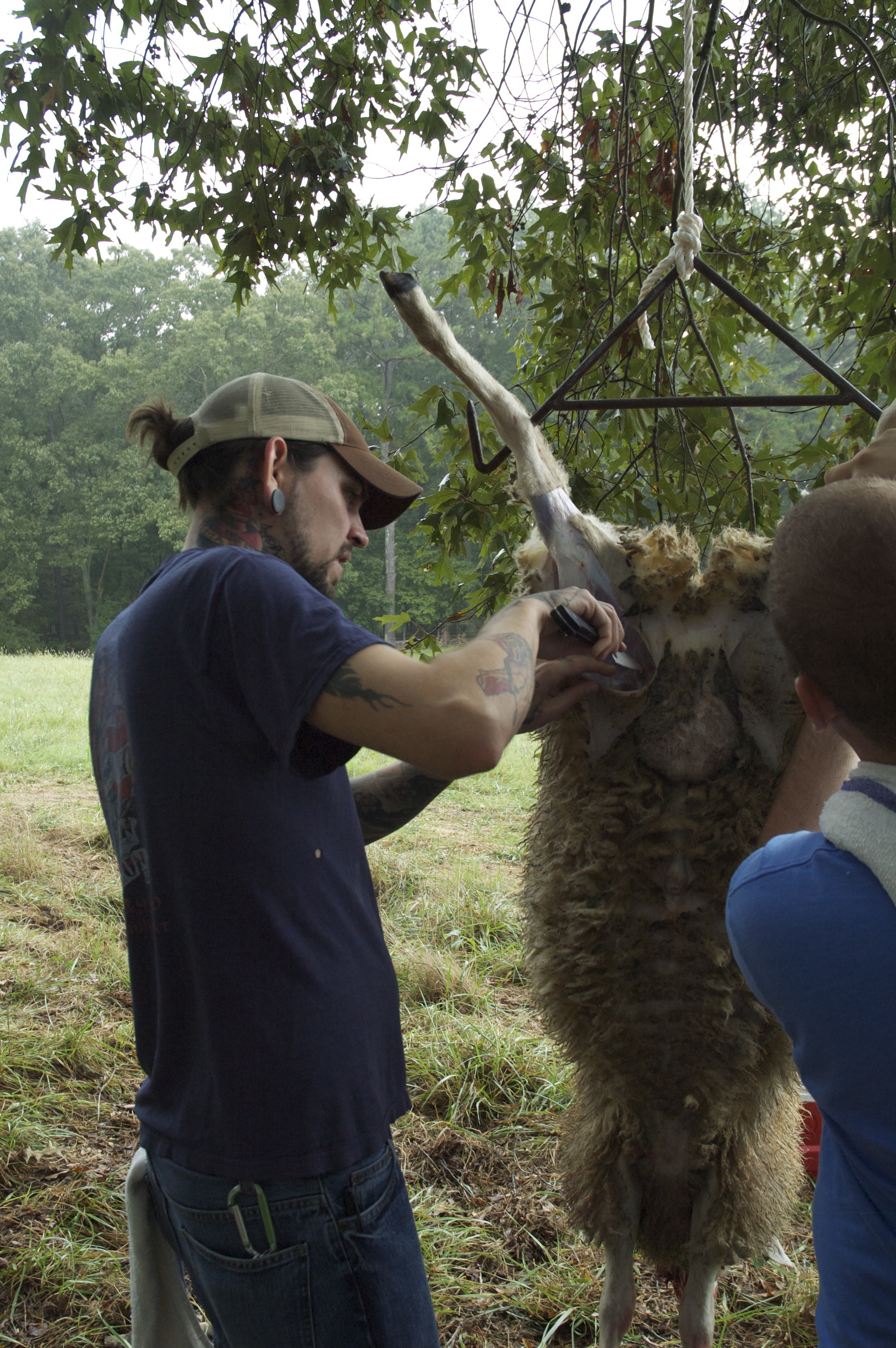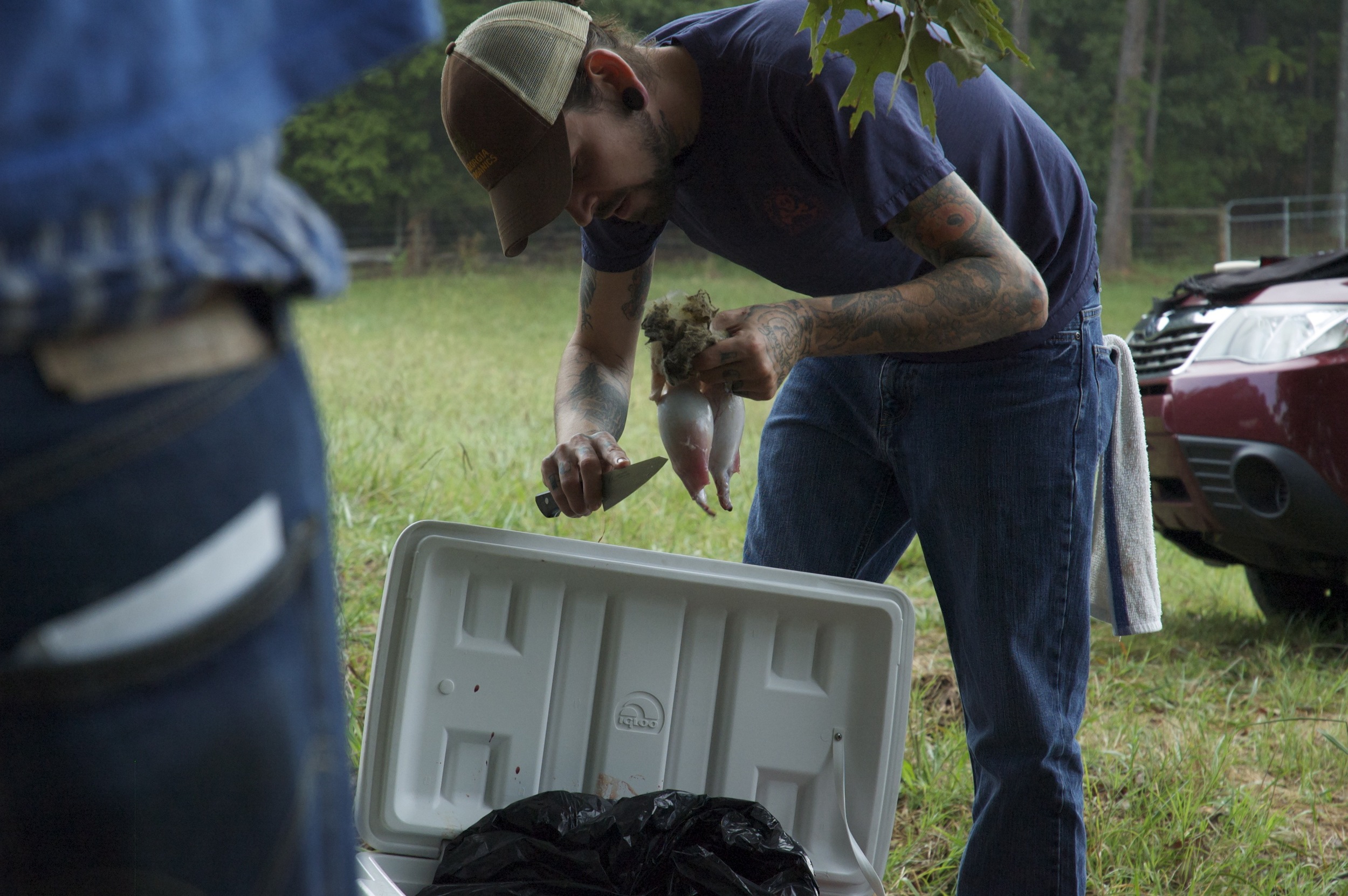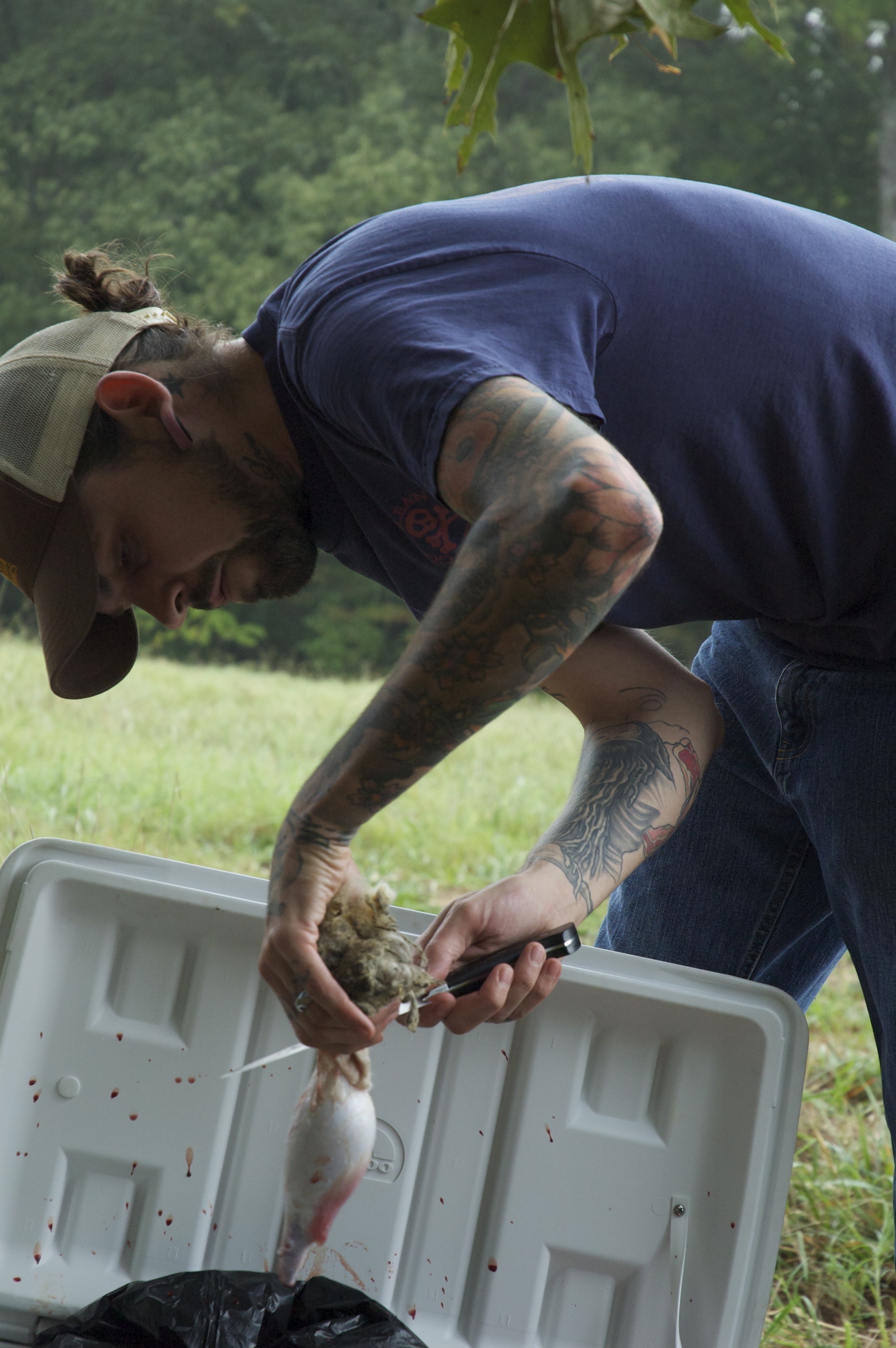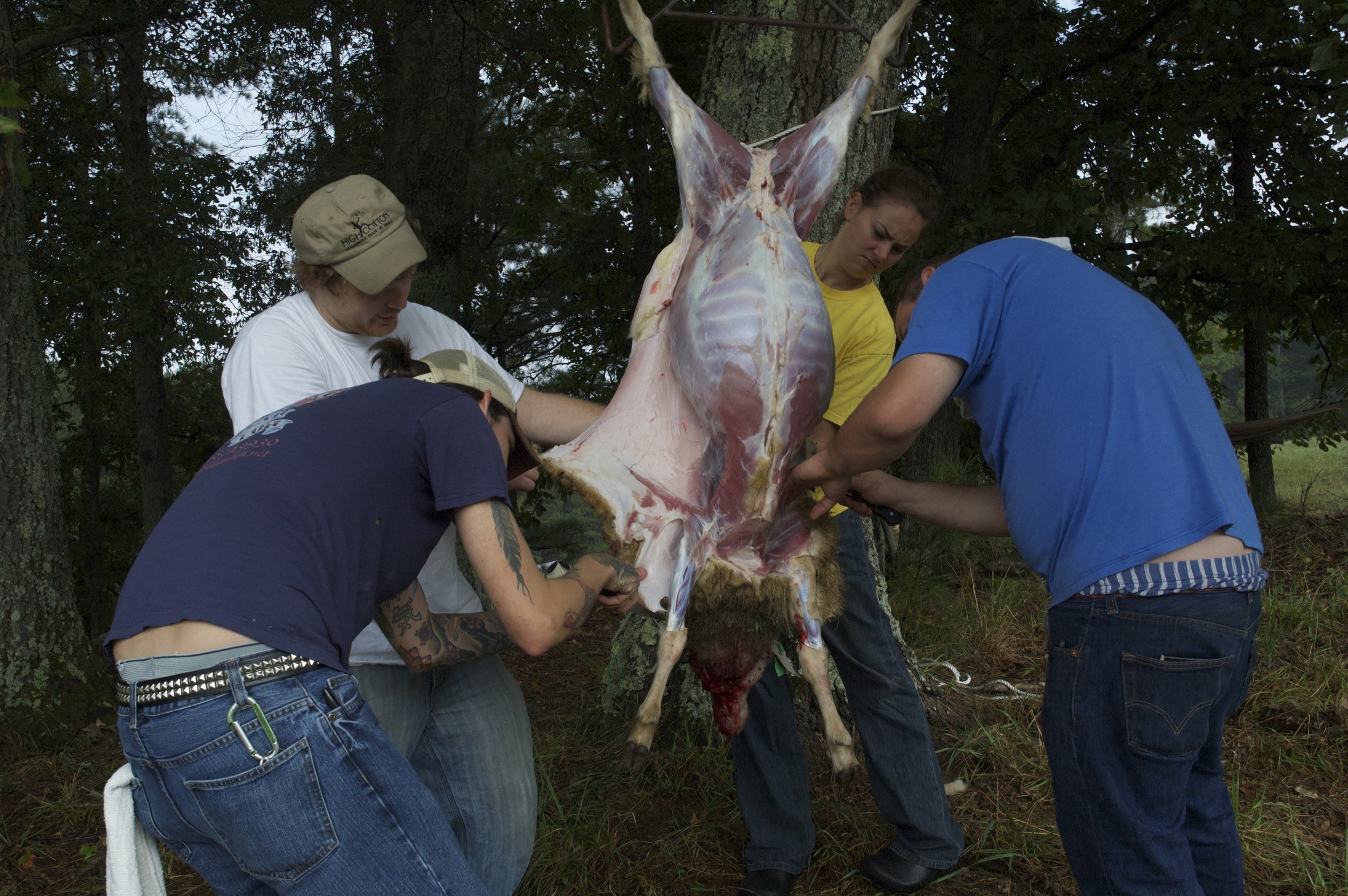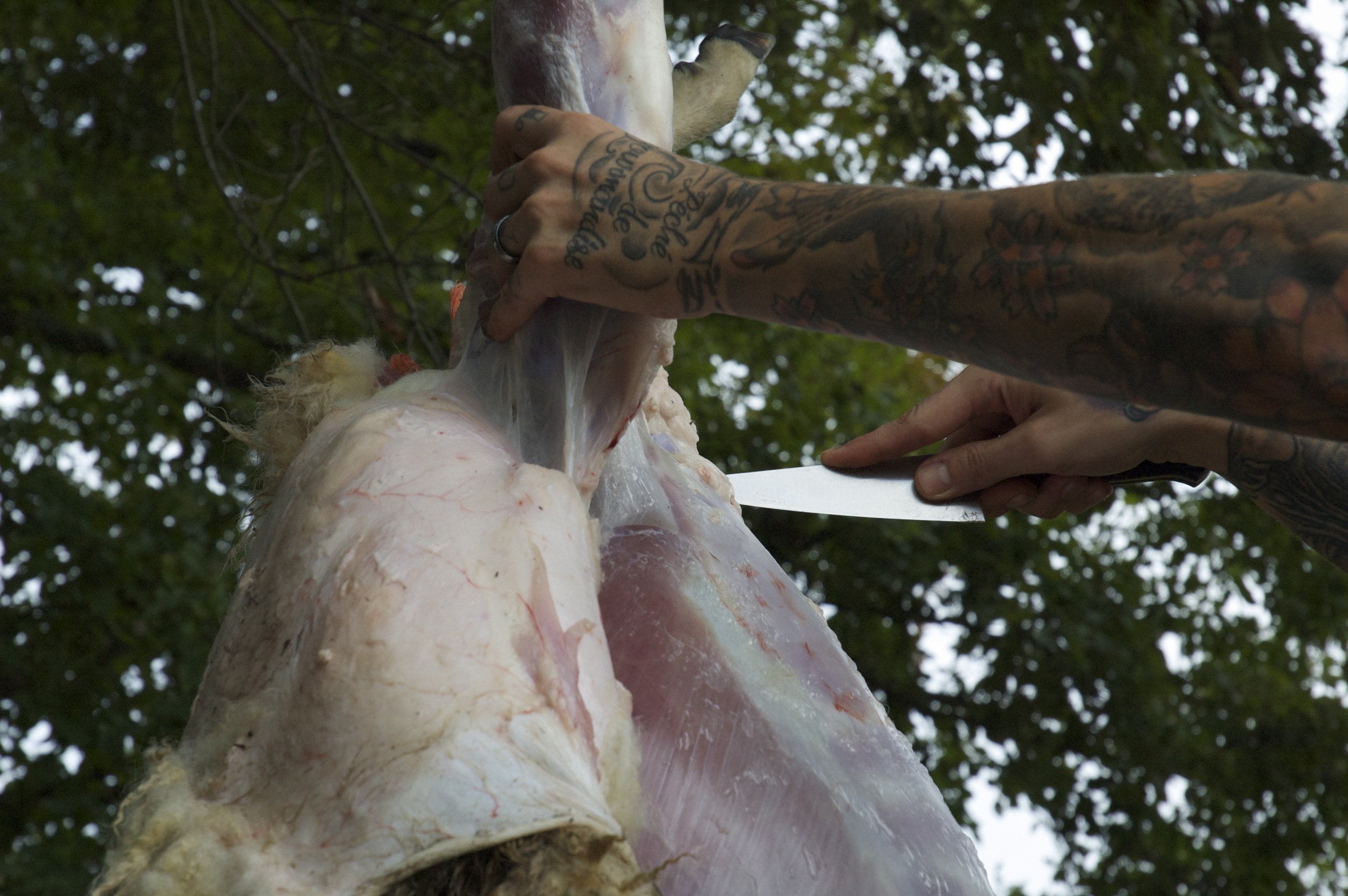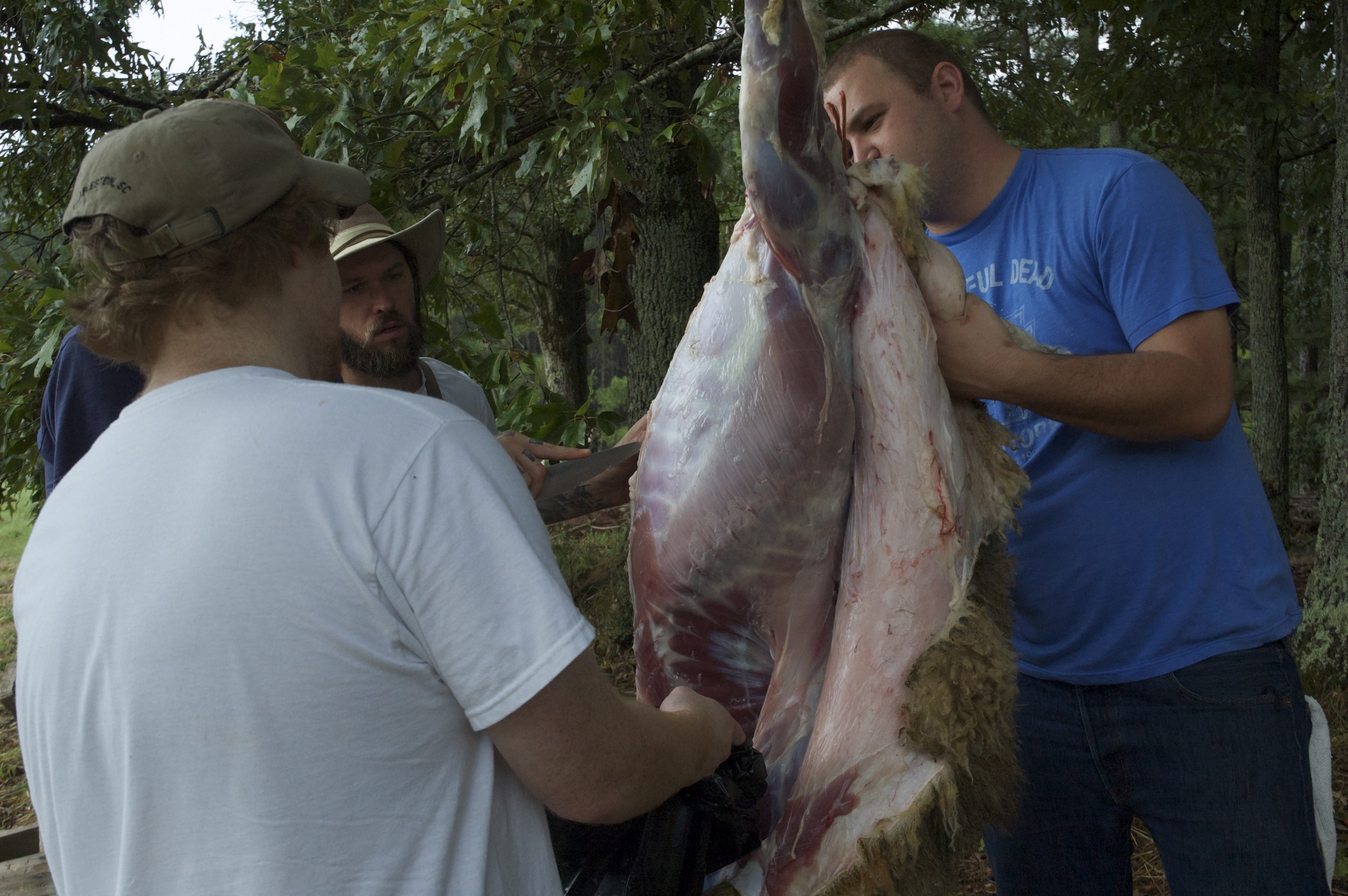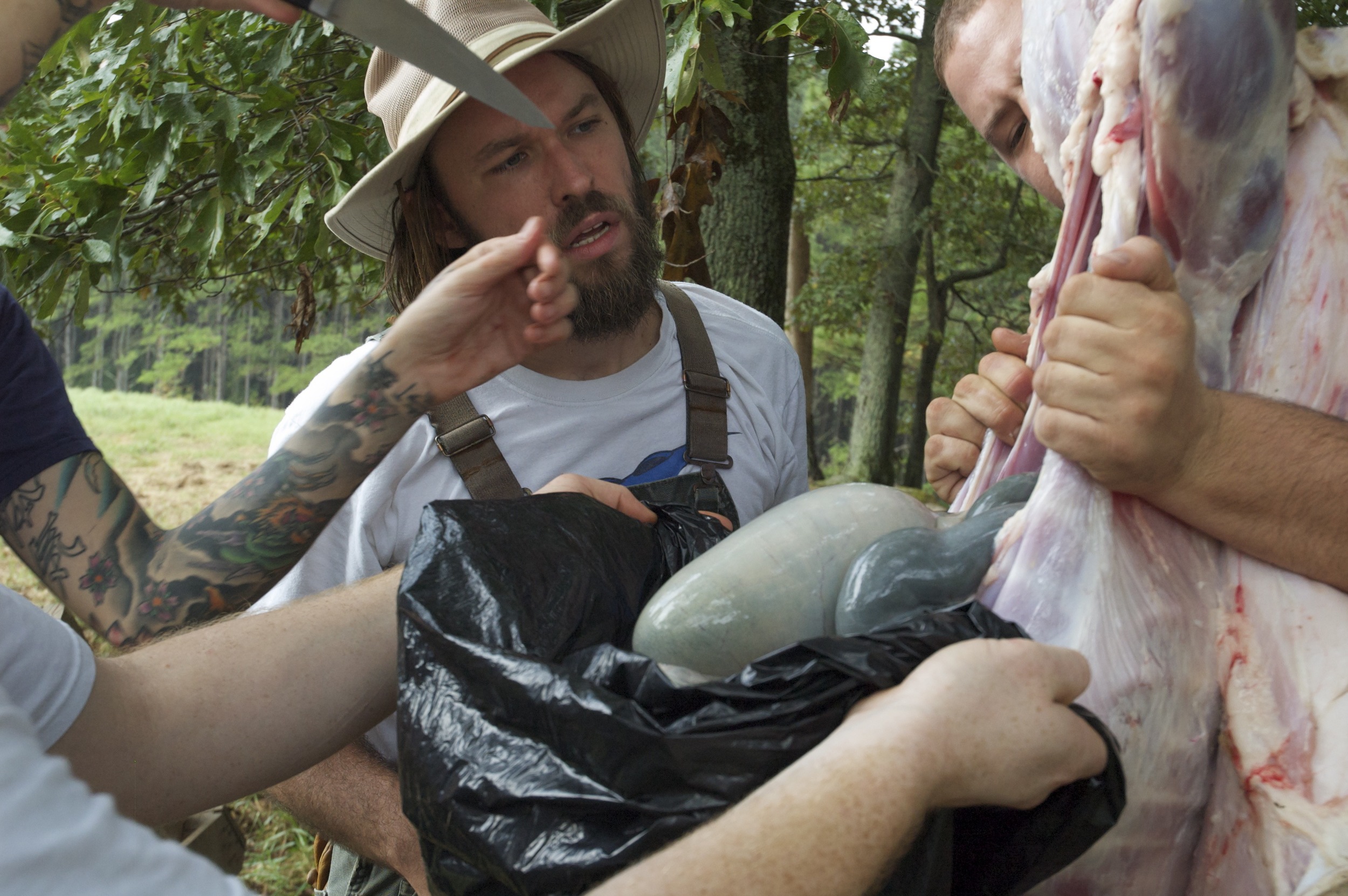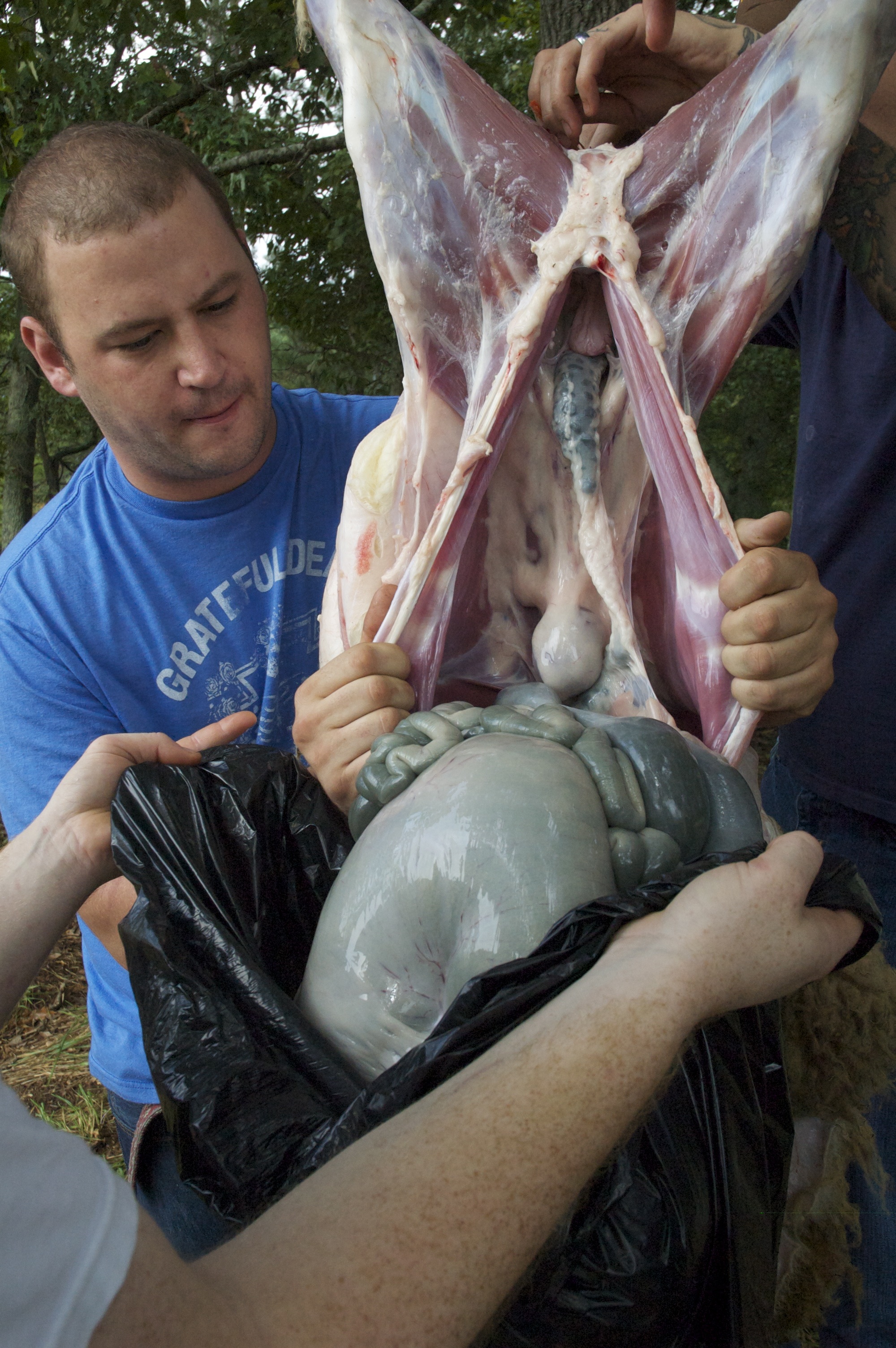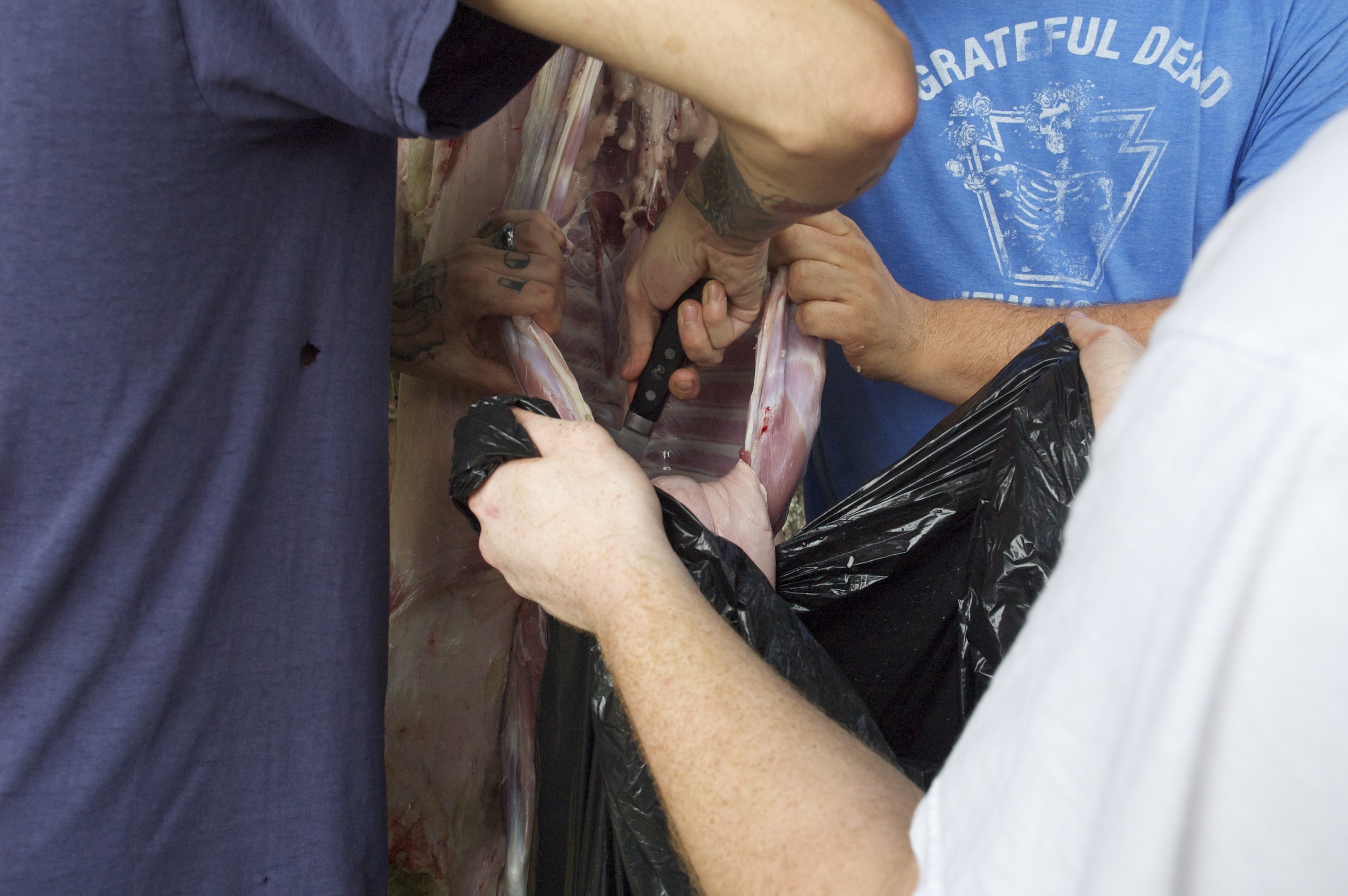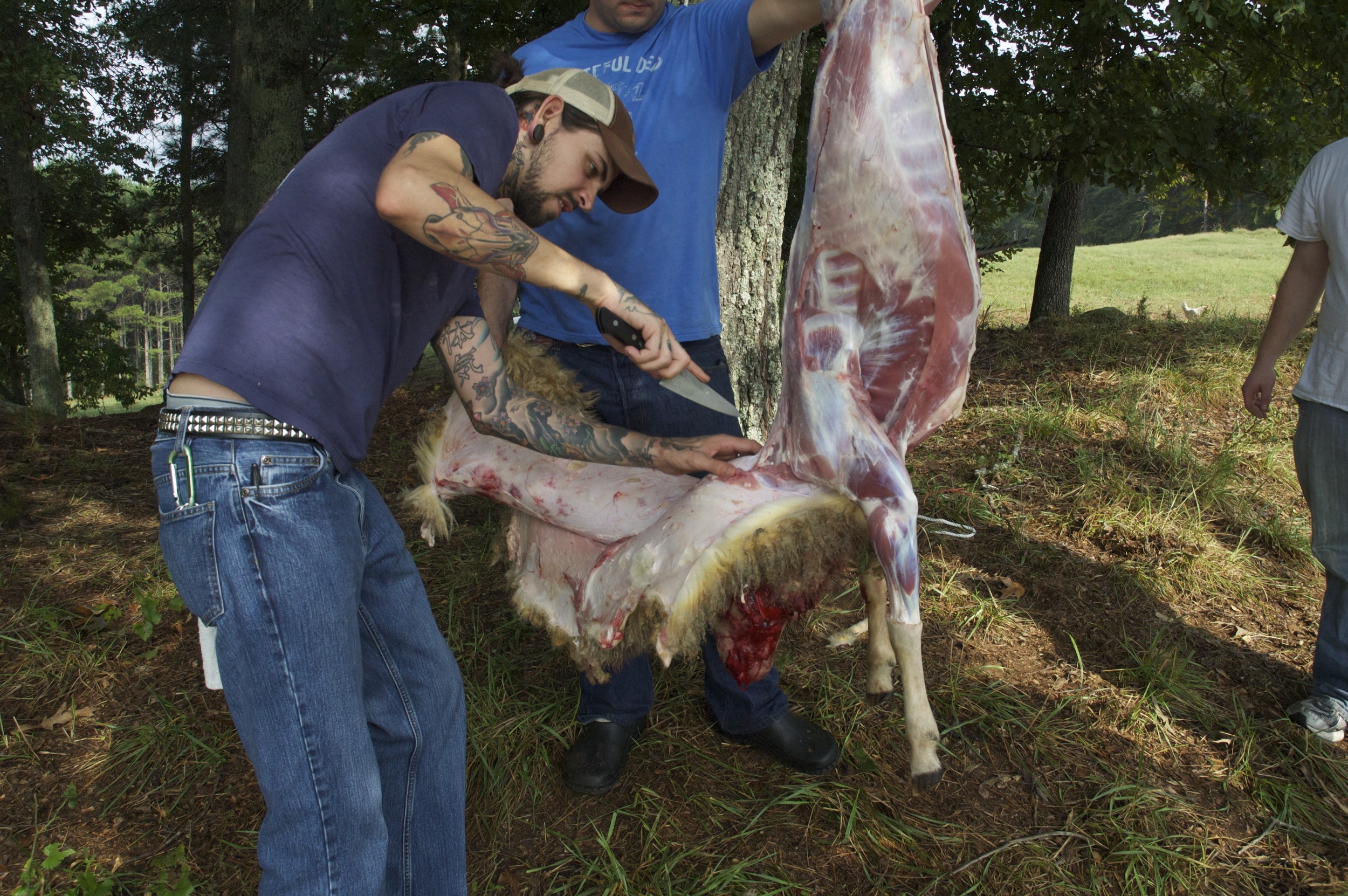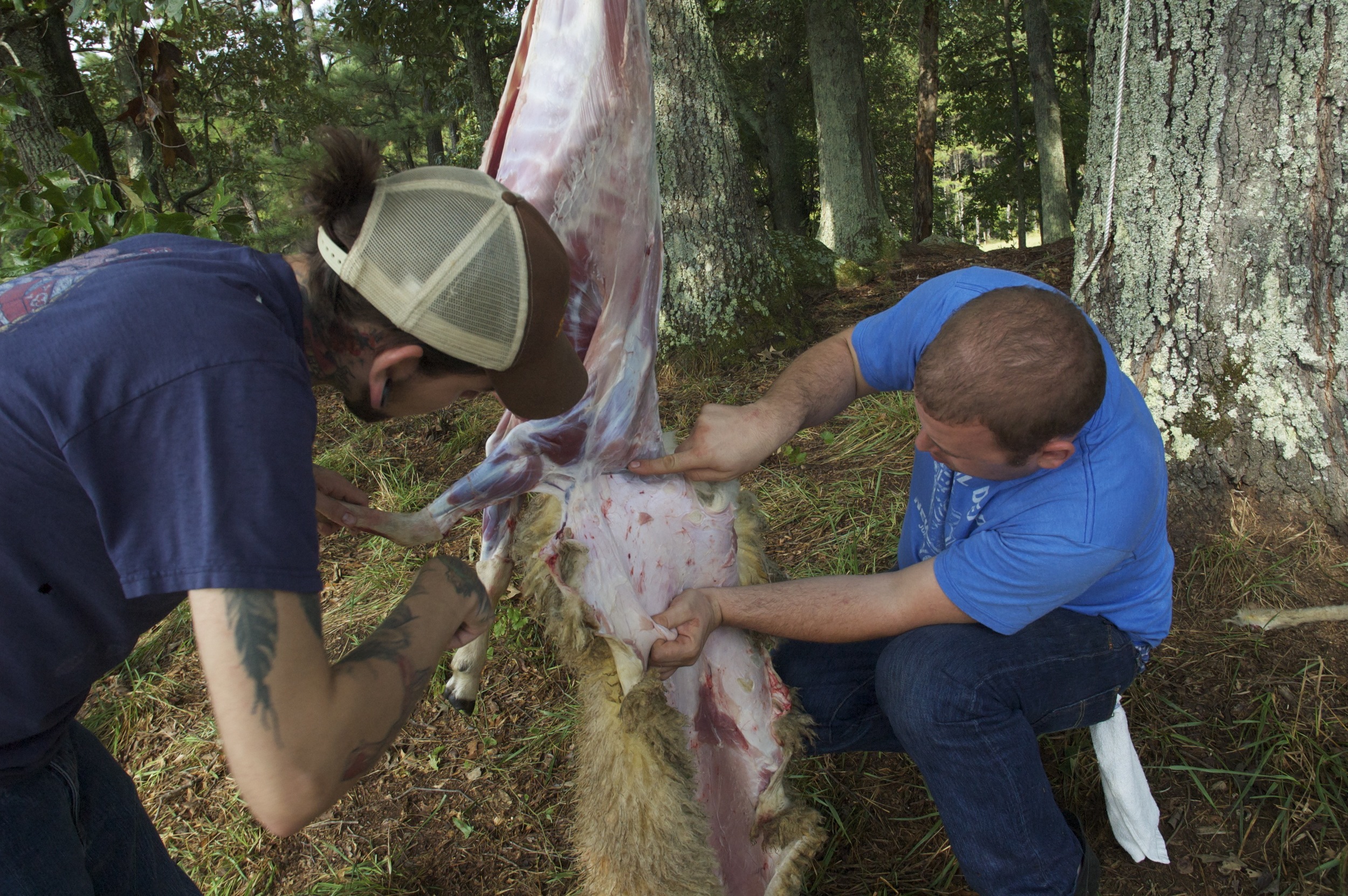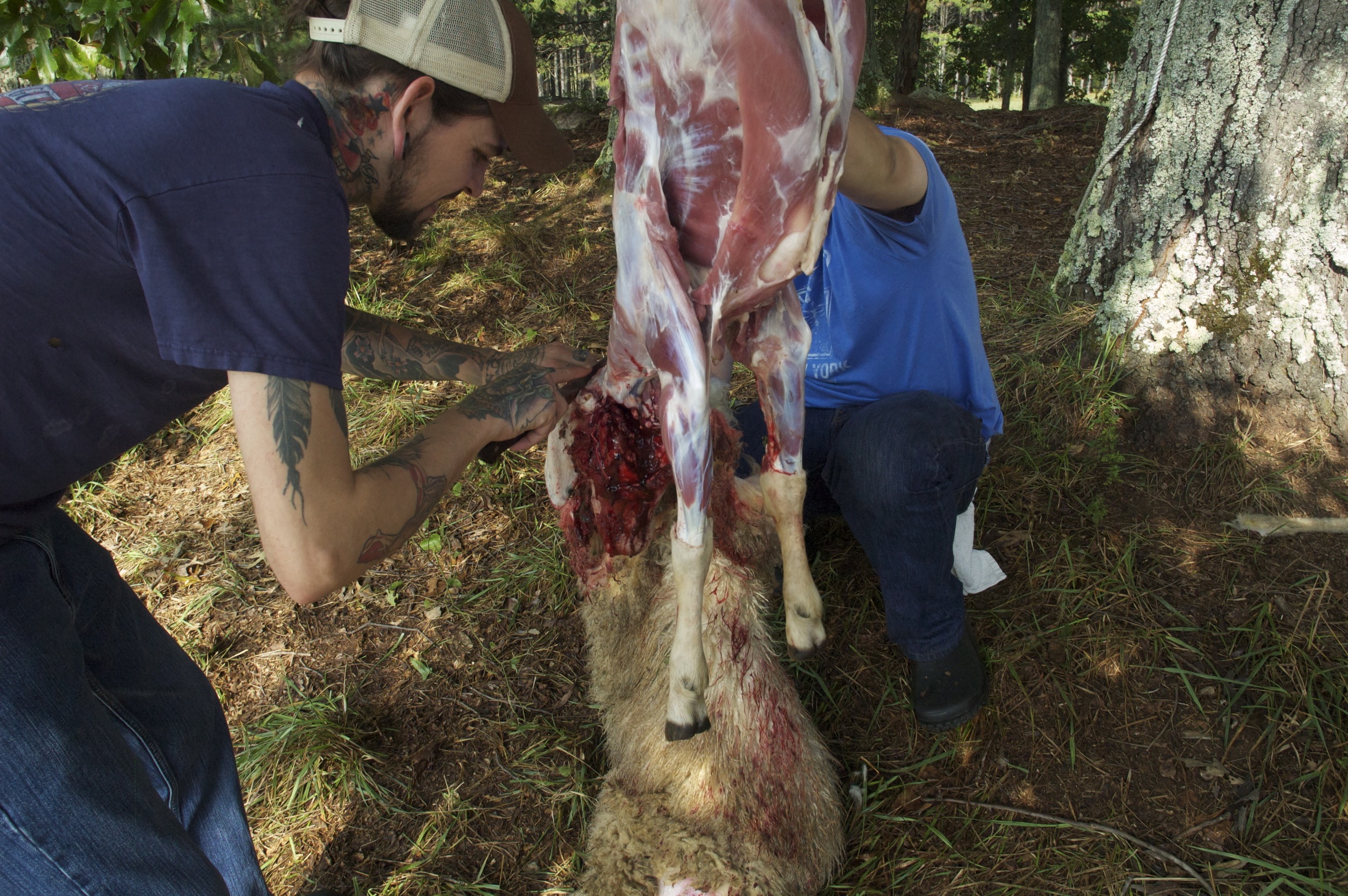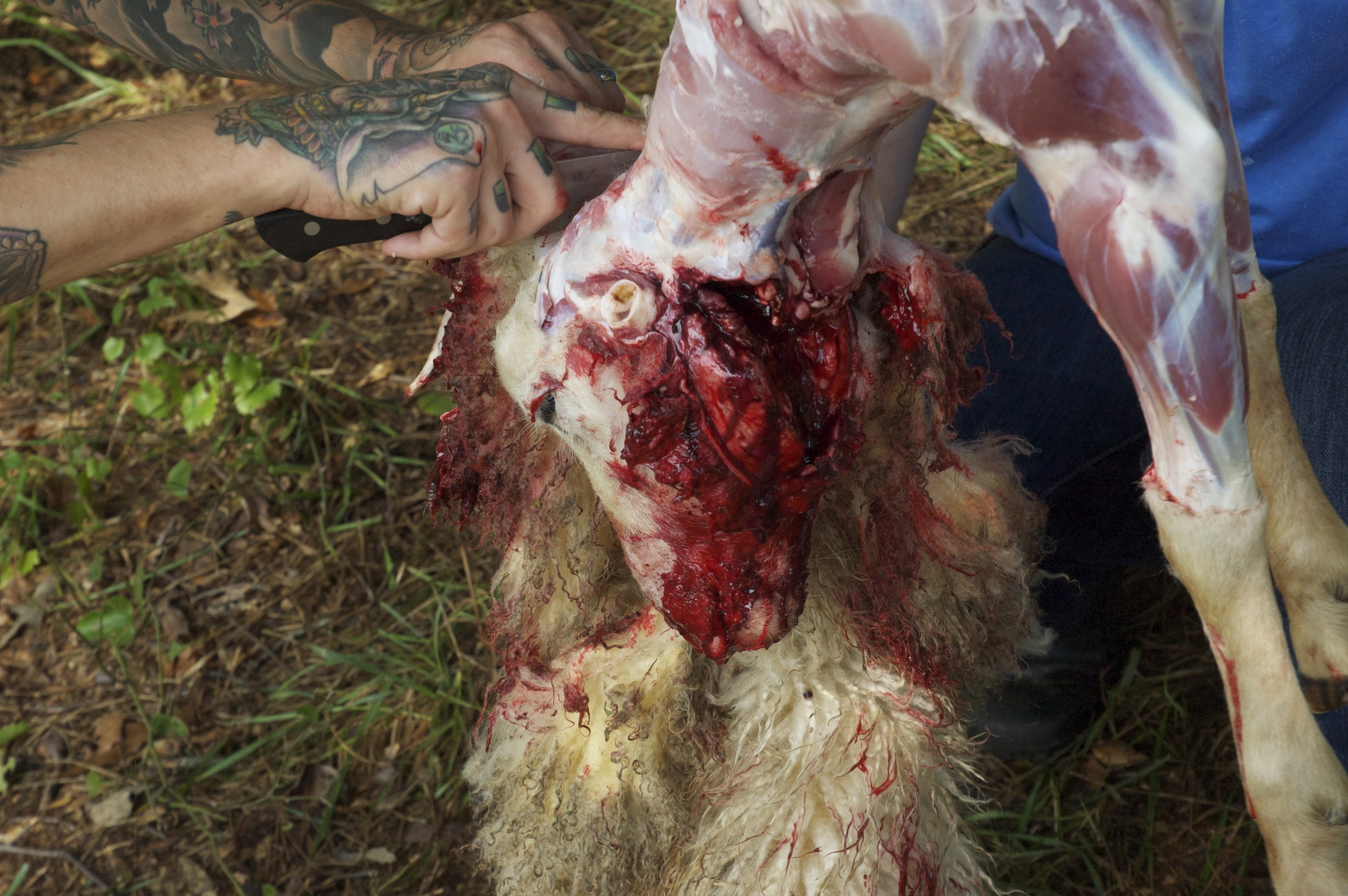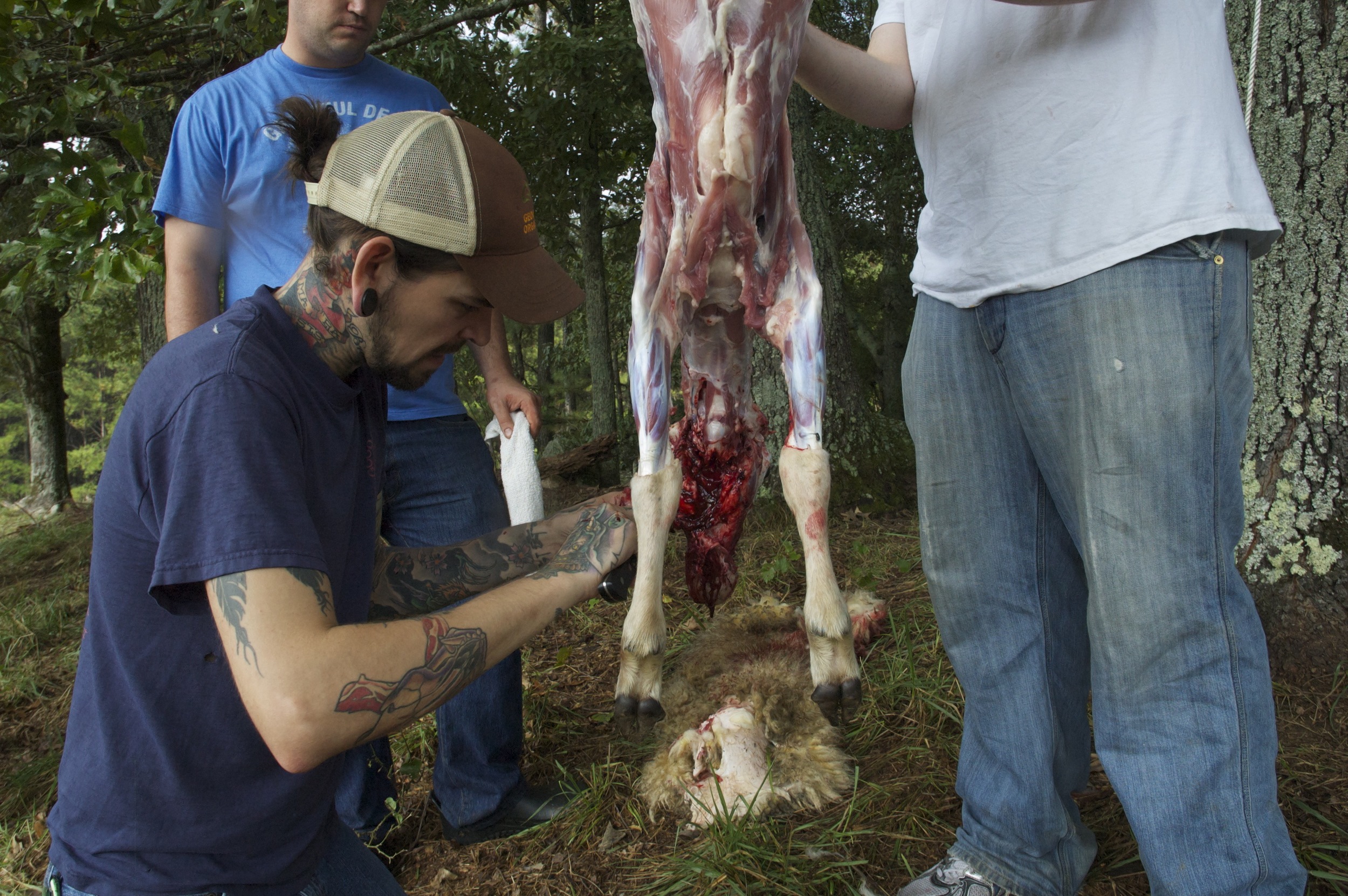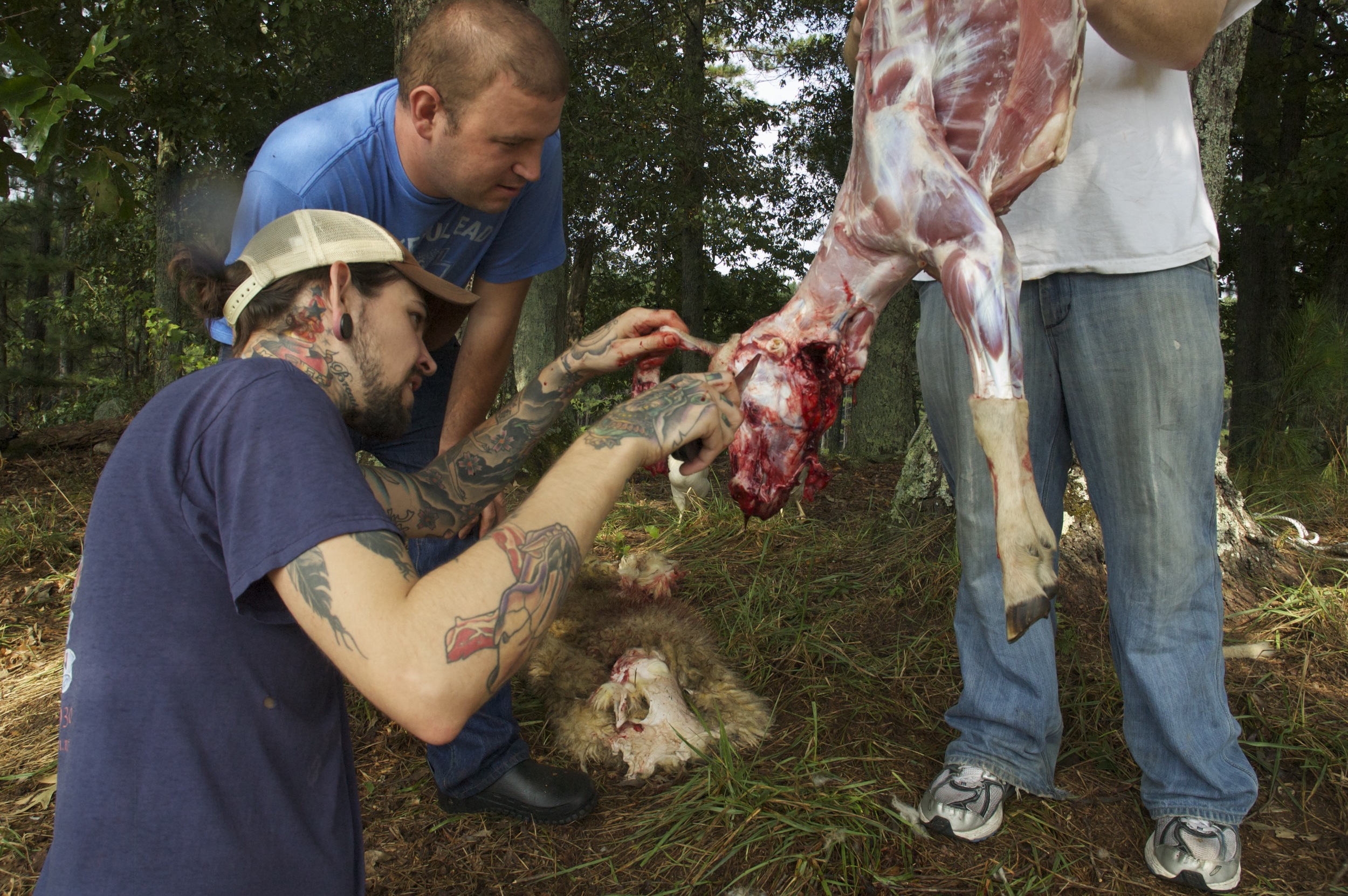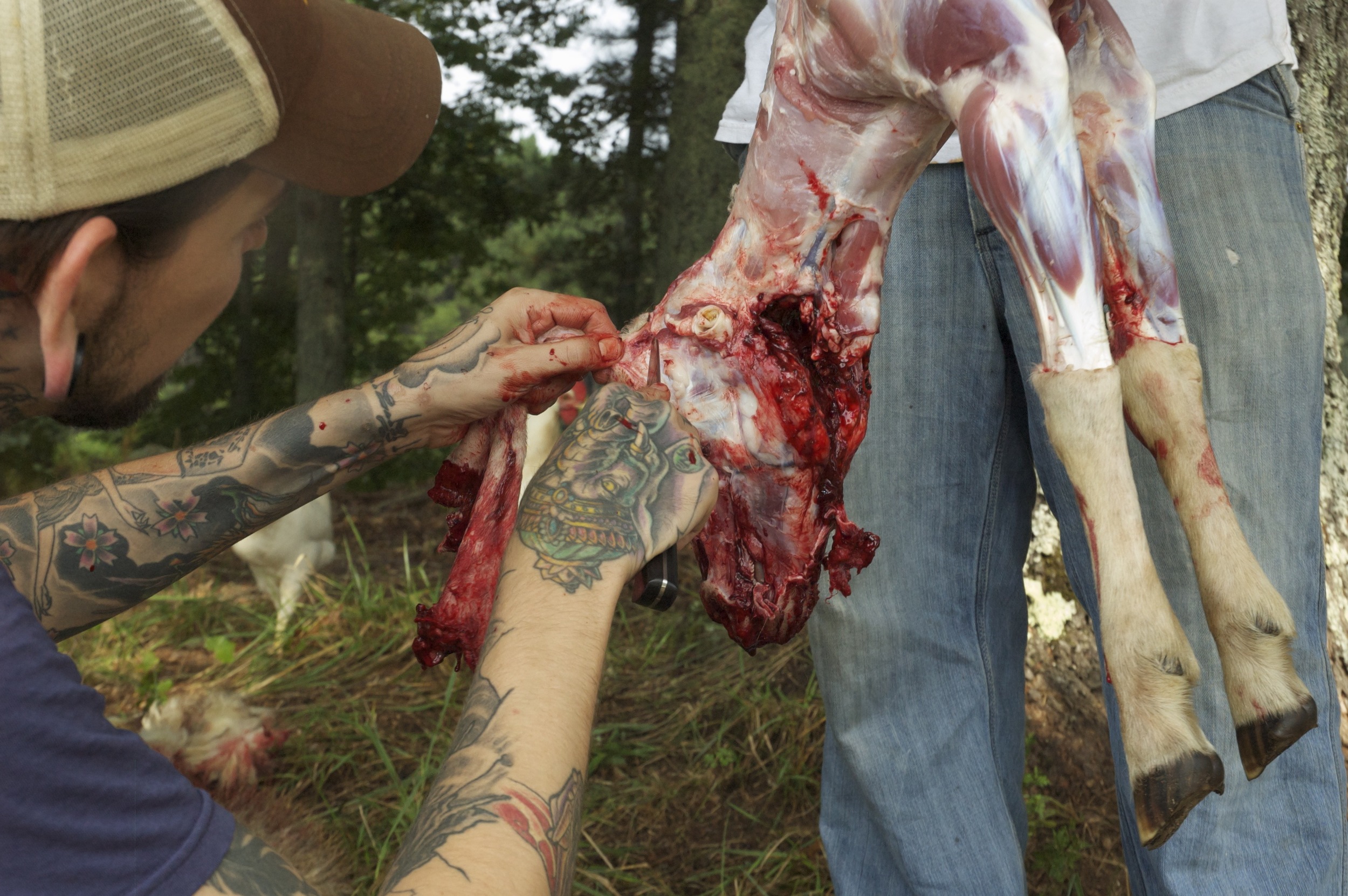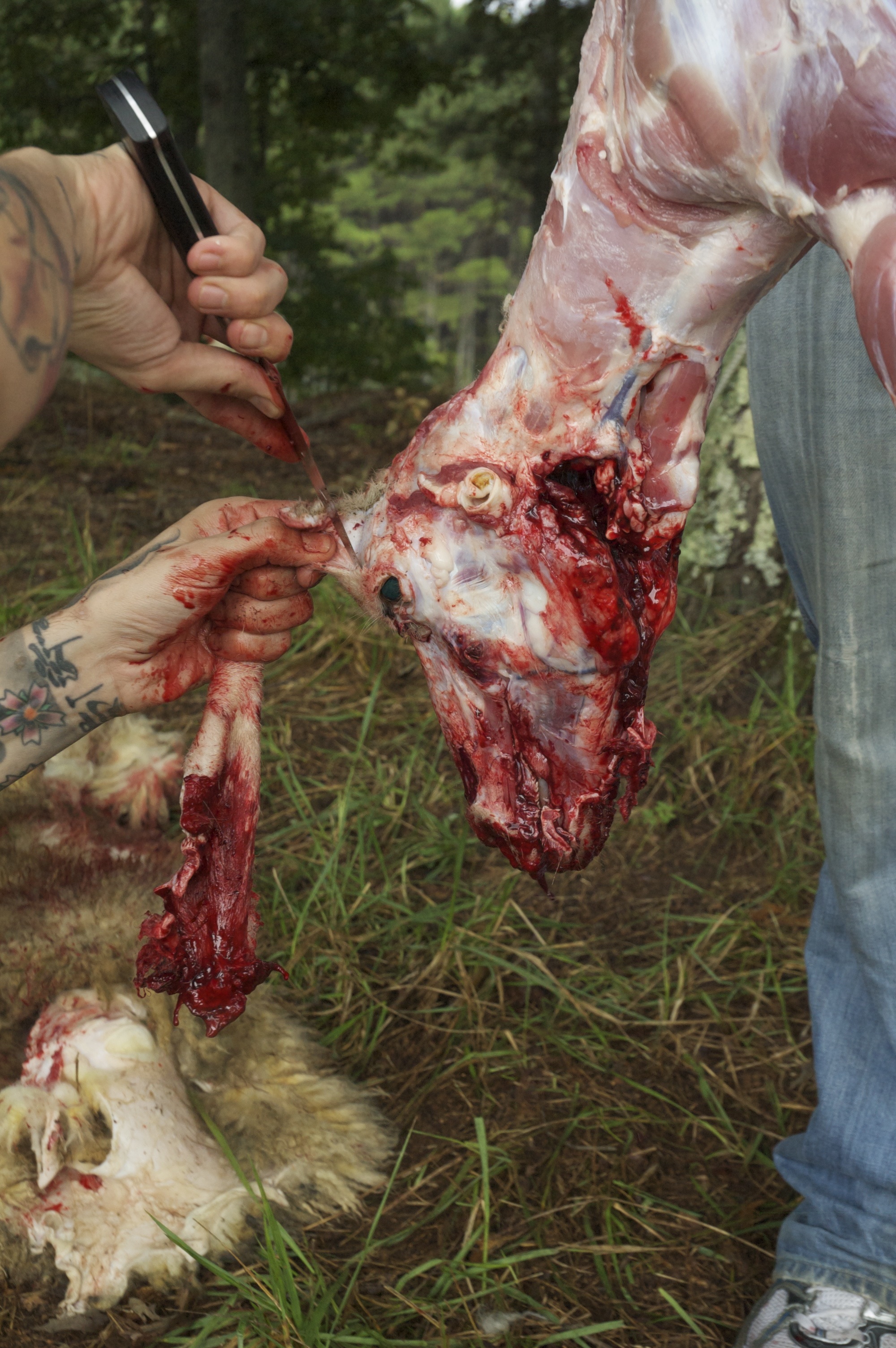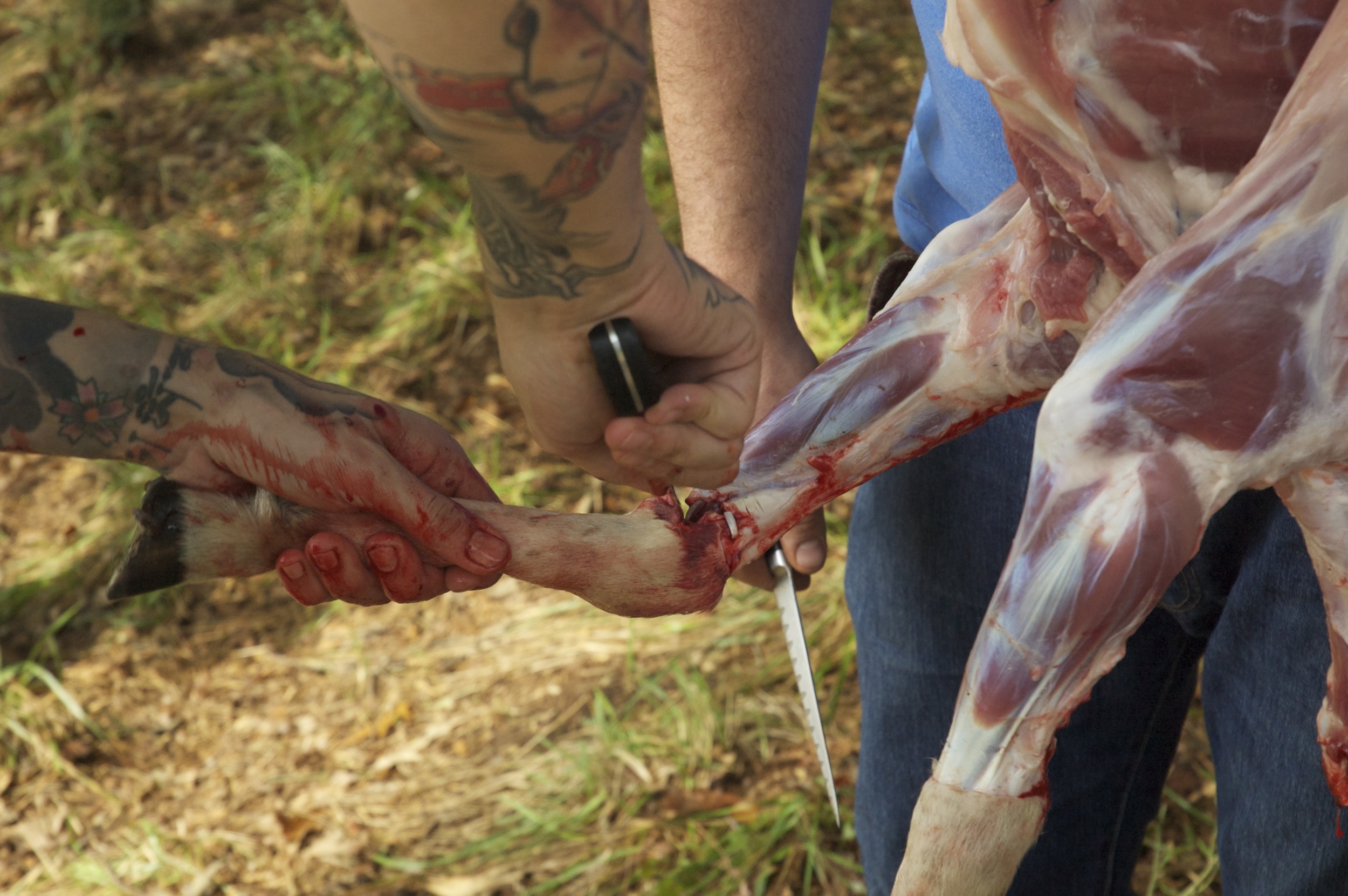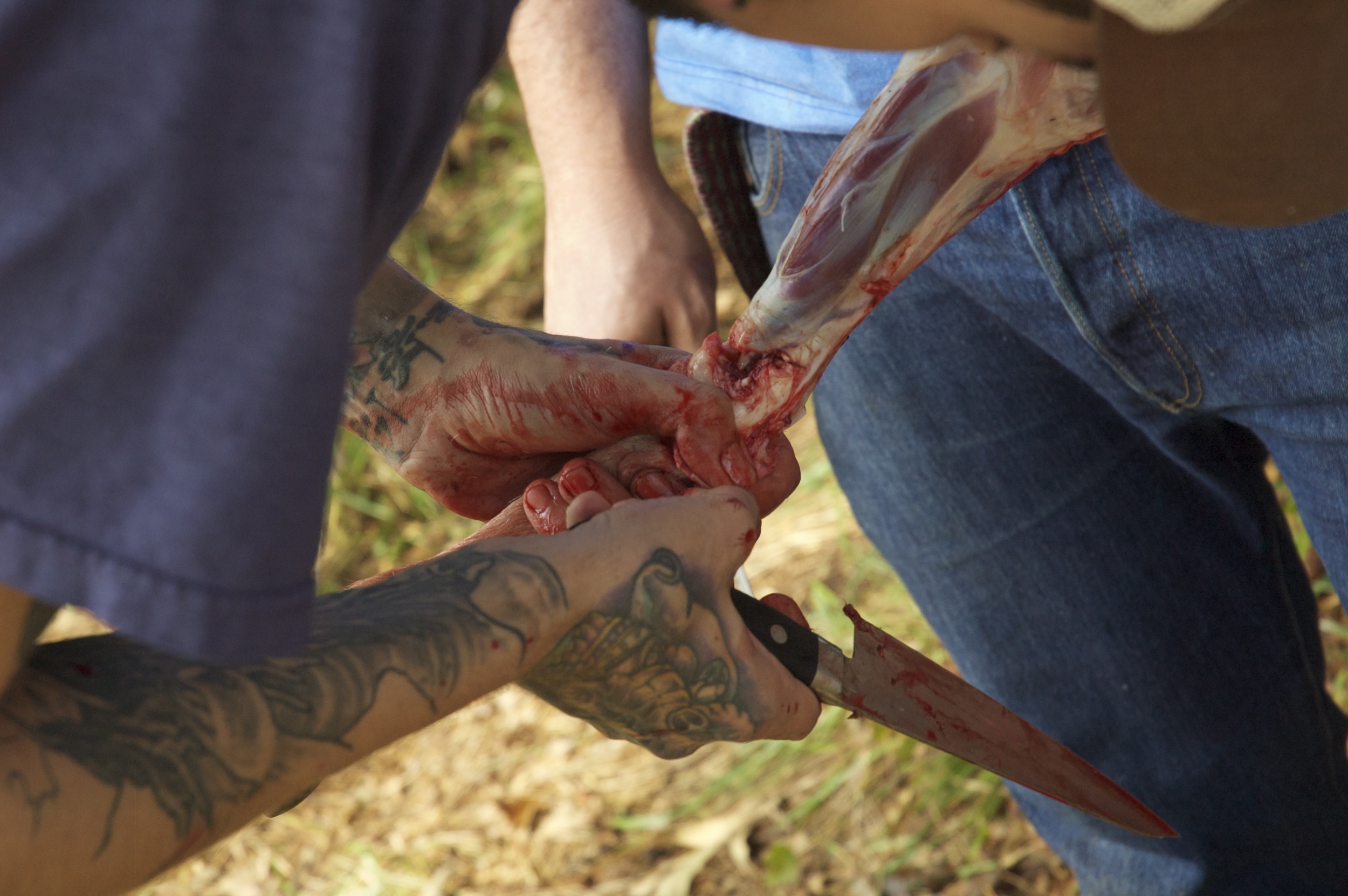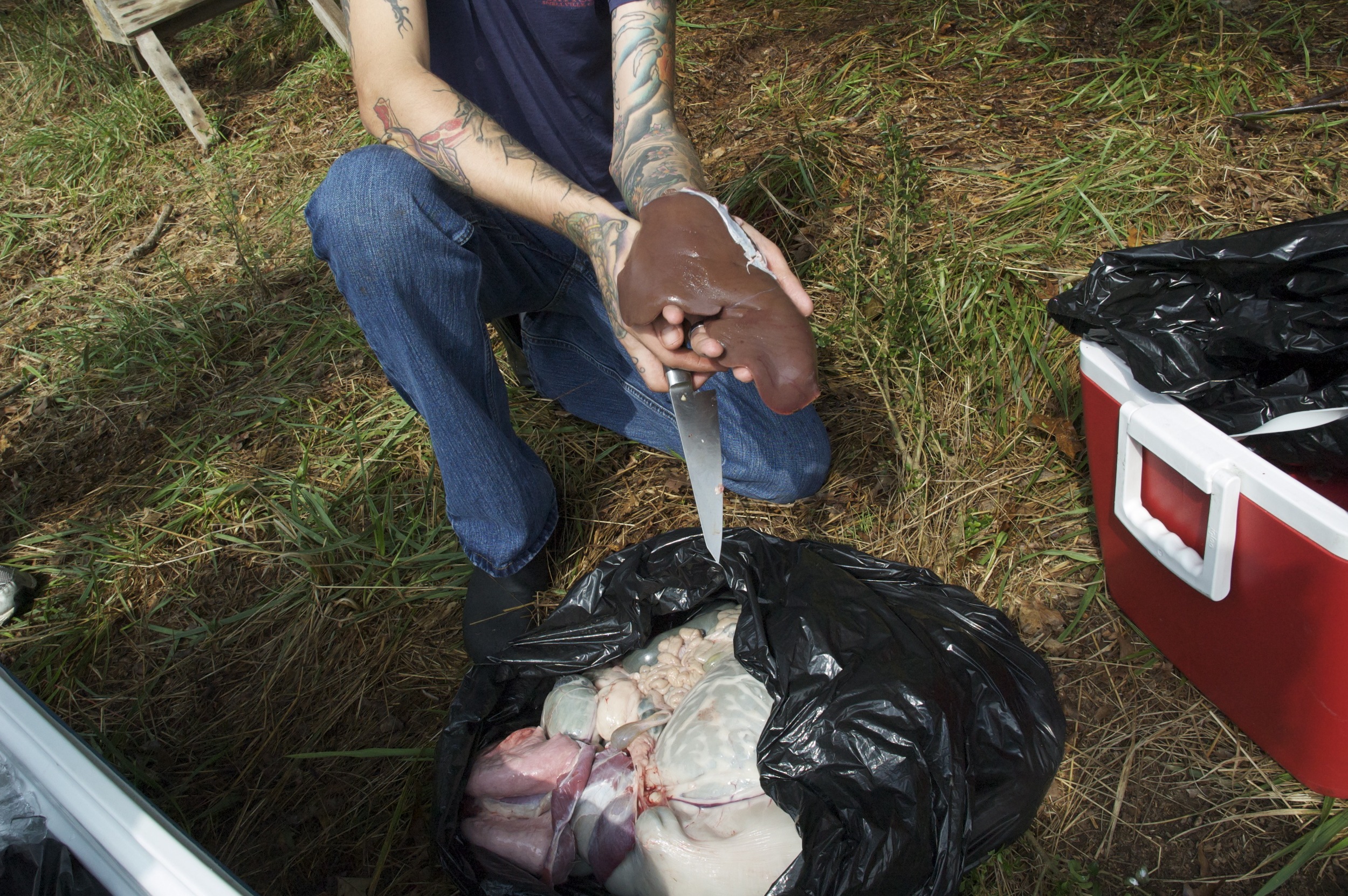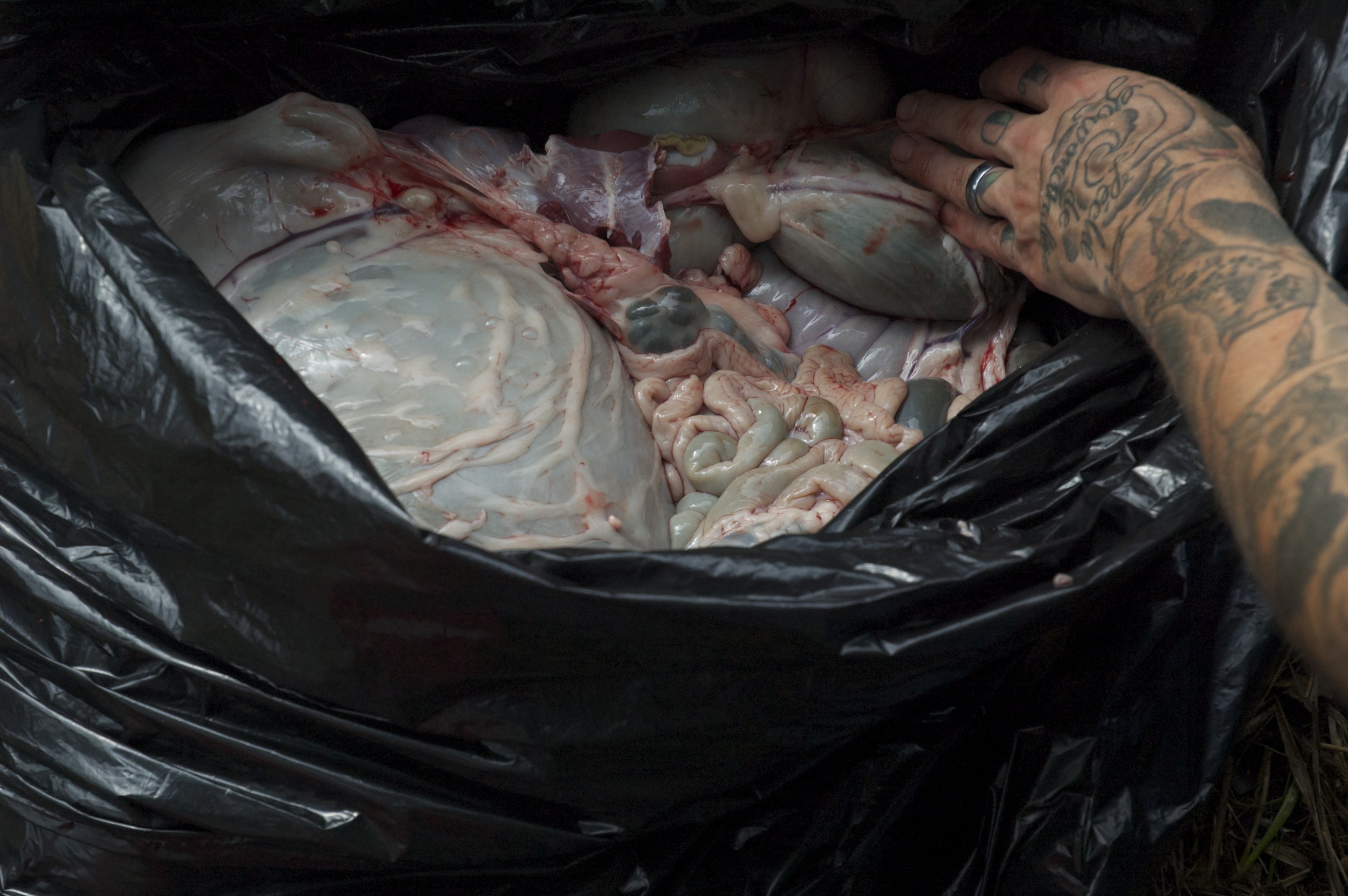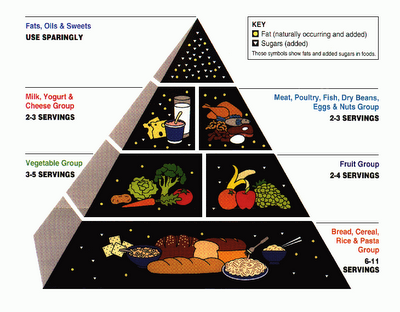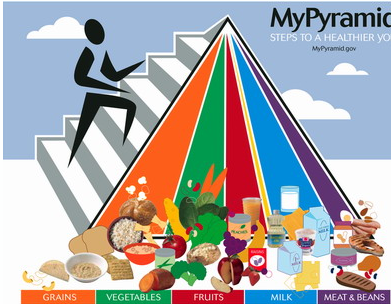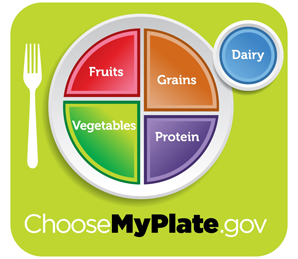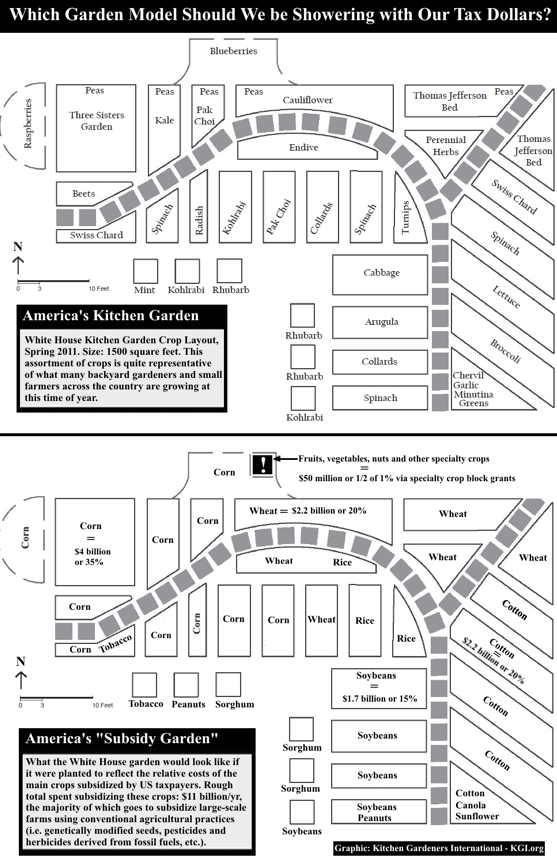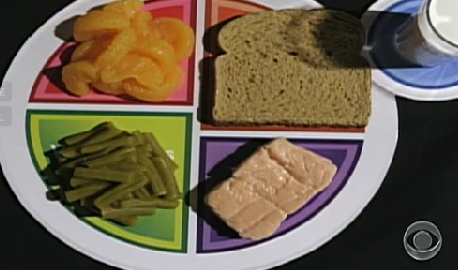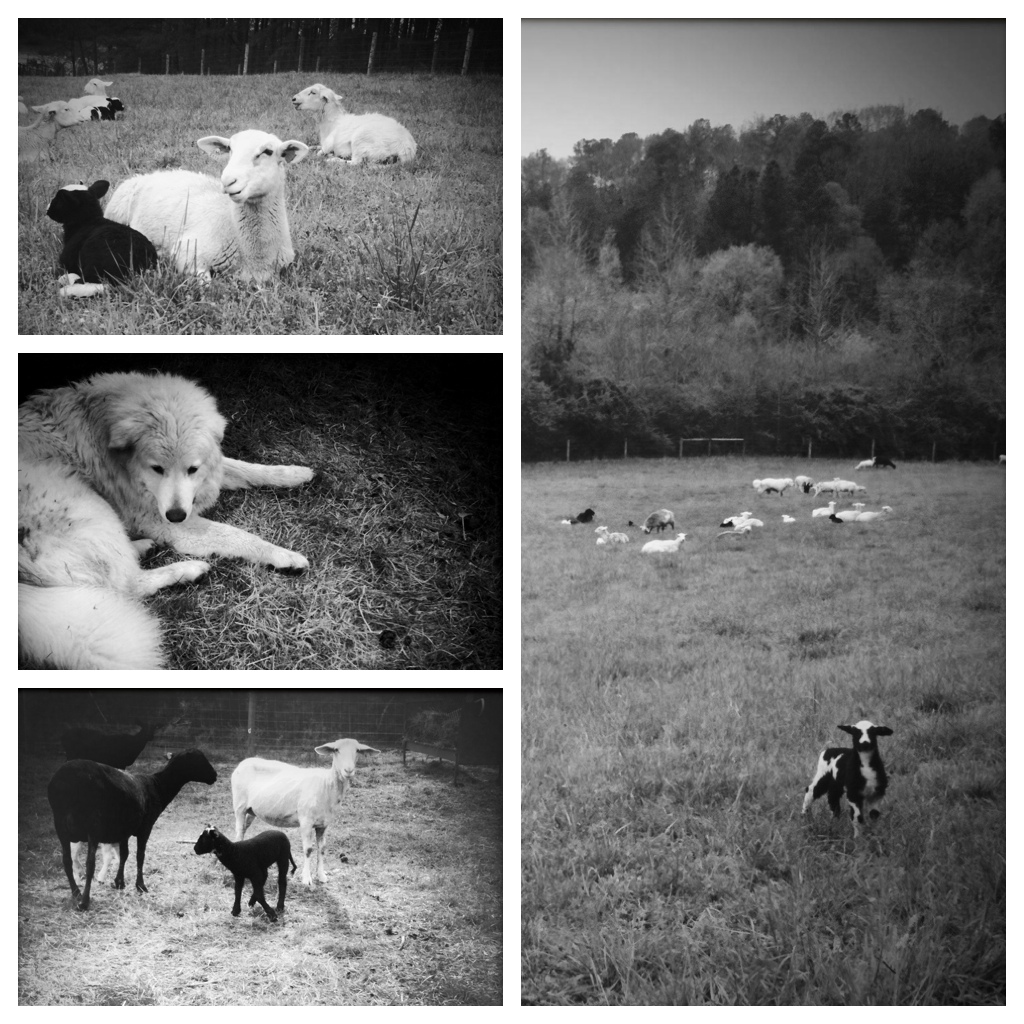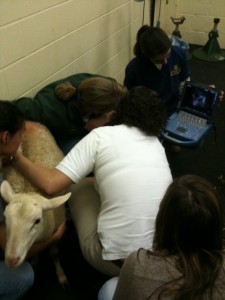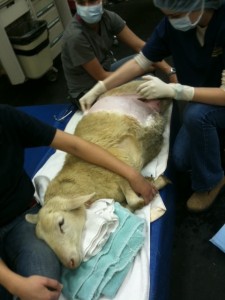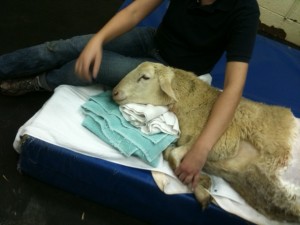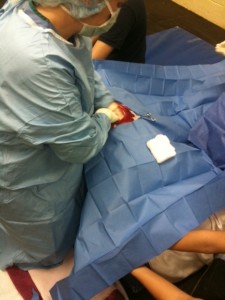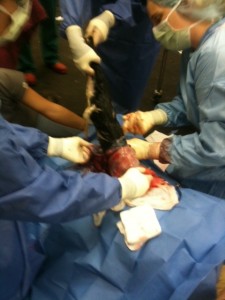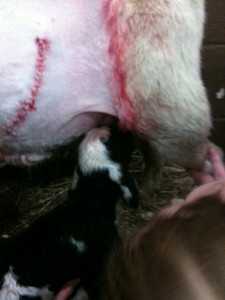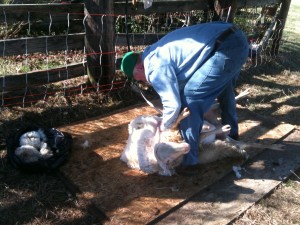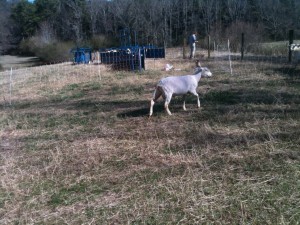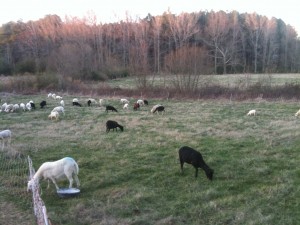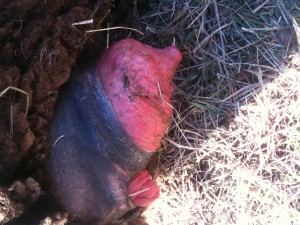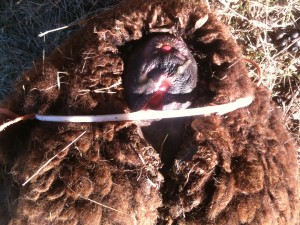I haven't really slept in three days. That's how I know lambing is now in full swing. Little creatures have been hitting the ground since New Years Day and slowly but surely ramping up to now. As Ross so aptly put it, it's like popping popcorn: first there's one or two, then a pause, then one or two, then a pause, then five or ten, then a pause, then more than you can count before it tapers off again. I've said it here before, but I'll say it again, lambing is simultaneously really energizing and devastatingly draining. The oscillations between life and death can send us emotionally reeling. Worse still, our self-judgements of our relative success (when a lamb lives) or failure (when a lamb dies) are crazy-making. Ross and I are both guilty of ascribing judgements to the forces of nature playing out their grim realities, realities that are ultimately out of our control. It is hard to absolve onself of the overwhelming feeling of personal responsibility when a lamb dies, and when one lives, it's as if nature has somehow has cut us a break. But this notion is, of course, absurd. This is nature at work, and while we shepherds play a role, its influence is minimal. In the sleep-deprived space of a few days of lambing, it's very hard to keep such a level perspective and all our ambitions can evaporate into a feeling of pure futility. Here's what I mean: About a week ago, Ross went out around midnight to help a ewe in labor. It was our first set of triplets, ever. Triplets are not uncommon in sheep, and it is equally common for one or two of the three to not survive. In this case, the first baby died minutes after birth. The second came out fine, and the third had some respiratory problems; as if she aspirated on fluids a little bit on the way out. Ross put them in the claiming pen (a little pen on pasture that contains mama and babies to assist with bonding and to keep the babies from wandering off). One lambs was doing great, the other was clearly struggling. Then, in a horrifying stroke, the stronger of the two lambs turned up dead after having drowned in his mothers' water bucket. We were momentarily devastated. It was an obvious mistake to leave the water bucket on the ground (who'd have thought the lamb could jump in there without also knocking the thing over?). Ross took it in pretty good stride, saying that for once it was clear what went wrong and what can be done to prevent it in the future. I really allowed myself to despair pretty intensely. The work we were doing felt totally pointless. Then, in that moment, I thought of my vegetable farming friends. I remember how Paige and Justin at Serenbe Farms talk about when entire crops die: weeks and weeks of growing and work and then suddenly comes some blight, some pest, or some unknown something and the whole thing goes up in smoke. I remembered William at W.A. Hennessy Farm down the road from us saying that something happens almost every day that makes you question the value of this whole enterprise of farming. And most of all, I remembered Joe and Judith of Love is Love, whose farm was completely destroyed in a flood nearly three years ago… and yet they still farm, they still grow, they still make it happen. Their perseverance especially acted as a salve for me in that rough moment. I remembered that I can do this.
Then, three nights ago I went out for the 11pm shift to check on the ewes. One huge ewe was clearly laboring and having difficulties. I called Ross out and together we got her two lambs out. The first one needed some help getting going. She wasn't breathing right away and some quick pats and shakes had no effect. Ross preformed the "swing" technique wherein one literally swings the lamb by its hindquarters in a circle to help shake out mucous from the lungs and to give the lamb a little adrenaline boost. Amusingly, Ross preformed this task with a lubricated OB glove still on and so the lamb slipped and went a-flying like a gangly, multi-legged bowling ball. It was a brief moment of panic, but the lamb was no worse for the wear and was actually a good bit livelier for it! The second lamb followed shortly thereafter with minimal assistance. Mama and babies seemed to be bonding well (licking, nuzzling, making sweet little sheep cooing noises), and so we left. Ross went on to bed, but I went back out around 1:00 am to check on things. One of the babies was missing. I searched around by the light of my headlamp, trying to be as un-frantic as possible. Thankfully, the little guy turned up pretty quickly and I brought him to his mama and sister. After watching them together for a few minutes, I could see the new babies were having a lot of trouble nursing. The mama's udders were still high (they usually drop low close to the time of birth because they start producing milk and so the lambs can access them easily) and the lambs were having a lot of difficulty finding the teat. In an effort to make sure these lambs would make it through the night, I ran back home to thaw some frozen sheep colostrum (that amazing first milk that jump-starts baby mammals and initiates the immune system) from a ewe whose lamb died last spring. I figured a little colostrum would get them through the night at least, then we could work out what to do in the morning. I braced myself for what could be a very, very long night if they did not take to the bottle or if the lambs had gotten lost again. When I returned to the farm, bottle-in-hand (around 2:30am) I was immensely relieved to find both babies merrily sucking away! The happiness, the gratitude I felt was just wonderful. Despite not having to be out bottle-feeding in the night, I was so wound up from the intensity, the oscillations between anxiety and relief, that it took me until about 5:00 am to fall asleep.
Everything seemed to be humming along smoothly until about 2:00 am the next night. Ross went out to check on things and returned with one dead lamb and one severely hypothermic. Apparently the mama ewe of these twins had abandoned them in the night. This happens sometimes. Bonding in mammals is a delicate hormonal balance and if for whatever reason those hormones are not triggered, they will not mother properly. Something was clearly wrong with this ewe. Her udders never properly dropped, and while it was clear that her babies did get some colostrum and had some initial success nursing, it seems mama's milk never fully came in. We don't know why and have rulled out the usual suspects (retained placenta, etc.). At any rate, Ross spent the better part of that night alternately dunking the hypothermic lamb in warm water and then blowing him with a hair dryer and rubbing him vigorously. Finally, Ross was able to get a few onces of milk replacer in him and the little guy has now made a full recovery (but will be a bottle baby, for sure).
With lambs now dropping daily and nightly, we are in full swing with the first round. Hopefully we will see a lull in the next two weeks to recover for a bit before our second group gets going. Through the sleepless haze, we are working to keep this perspective: we are not great actors in this drama. We are custodians. Our job is to provide a space for things to be when they work, and to minimize the damage and clean up the mess when they don't. The degree of emotional detachment needed to do this is hard to learn. In farming there is much sentiment, but little room for sentimentality (apologies to Lady Edith and Julian Fellowes) and it is a very fine line between the two.
